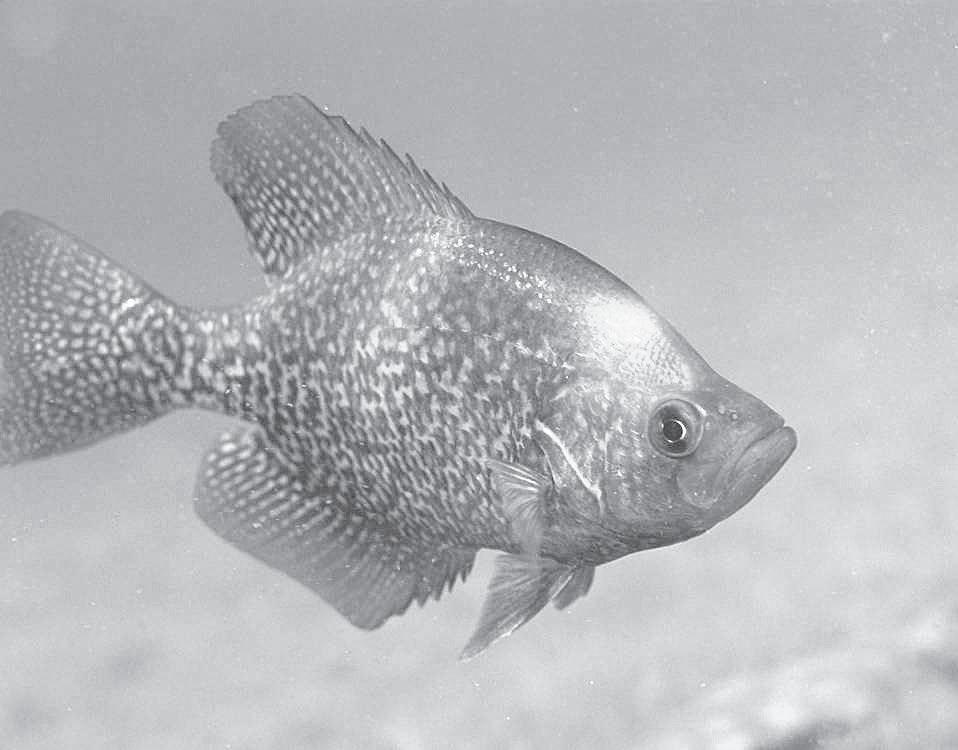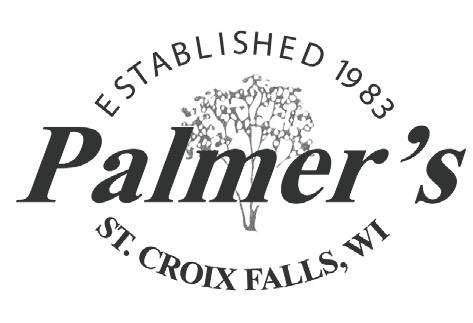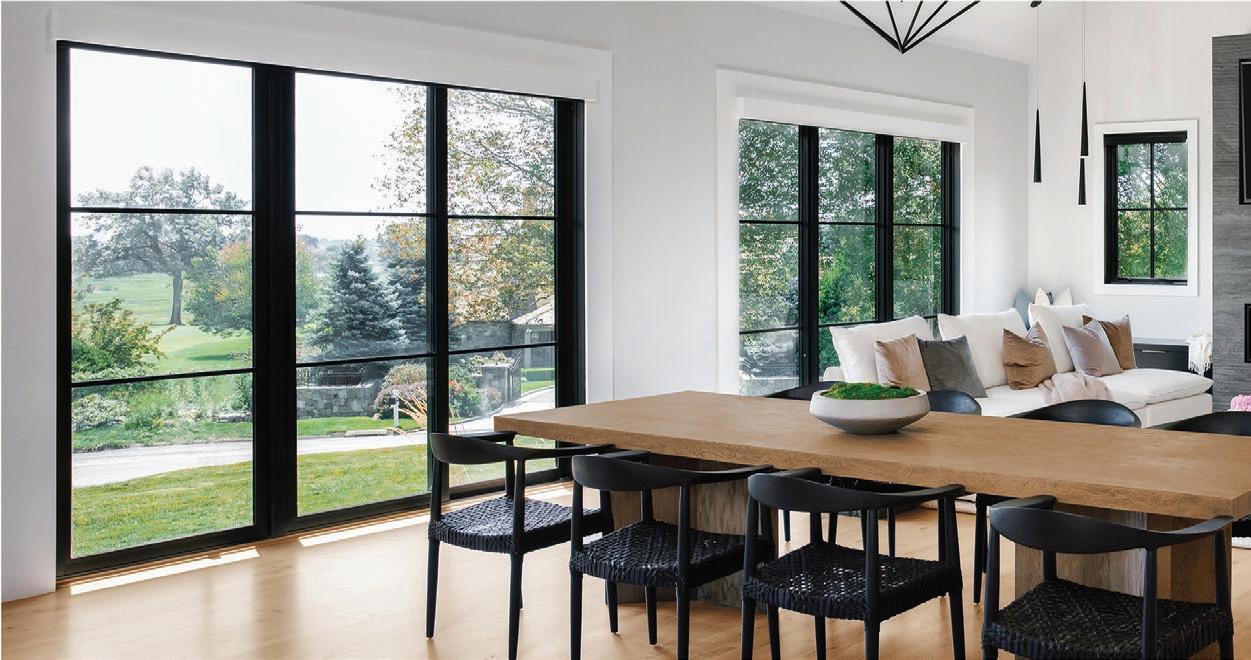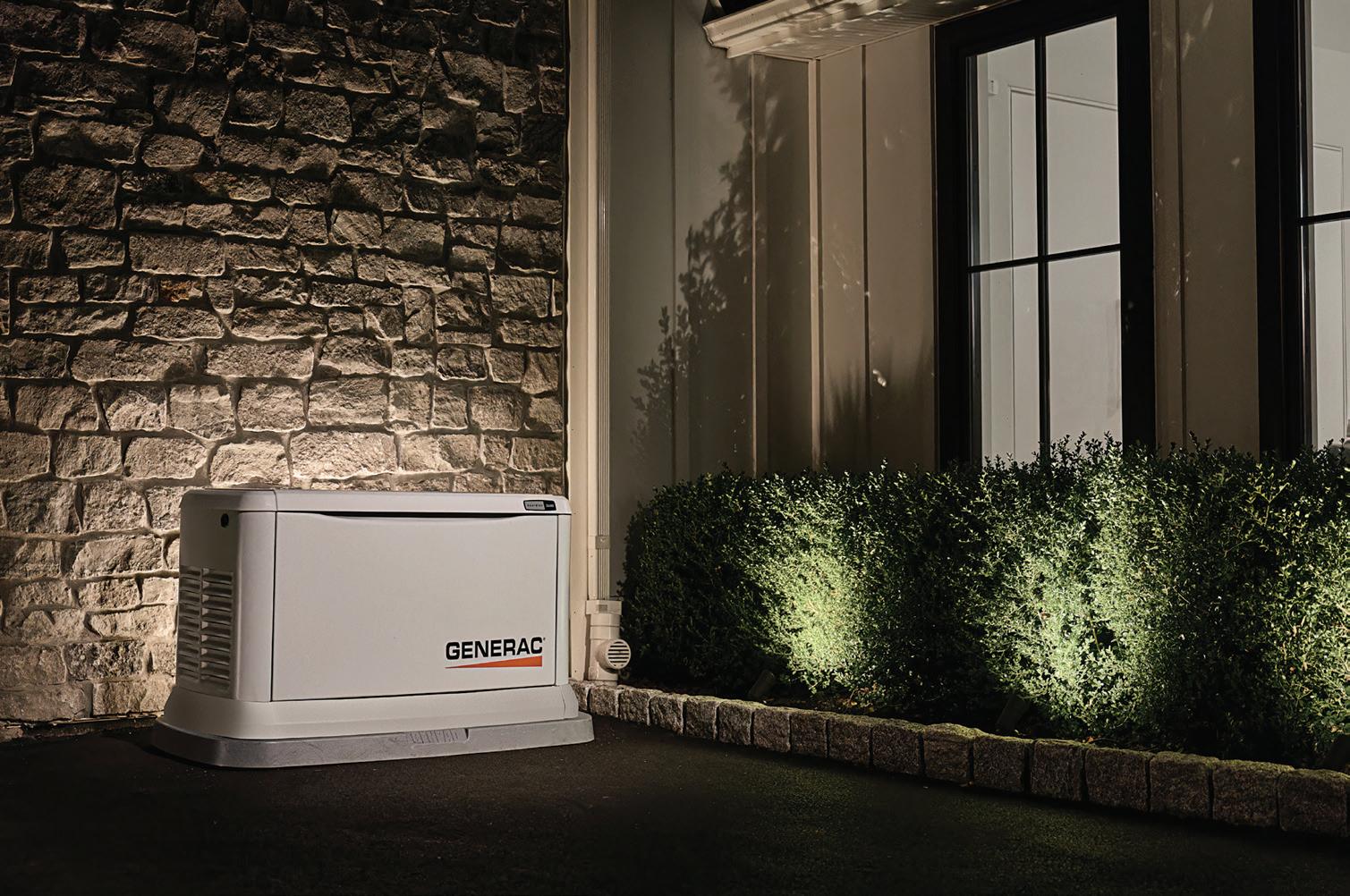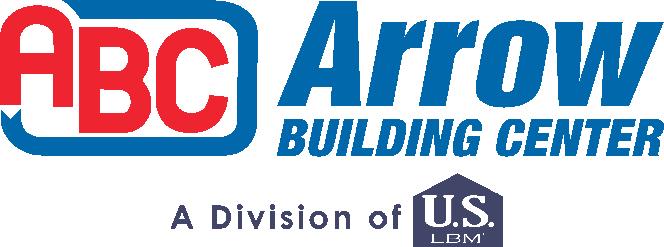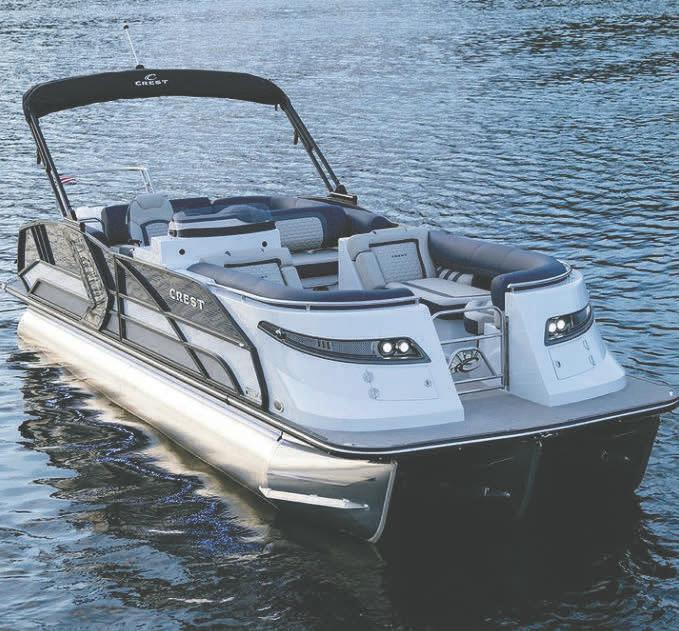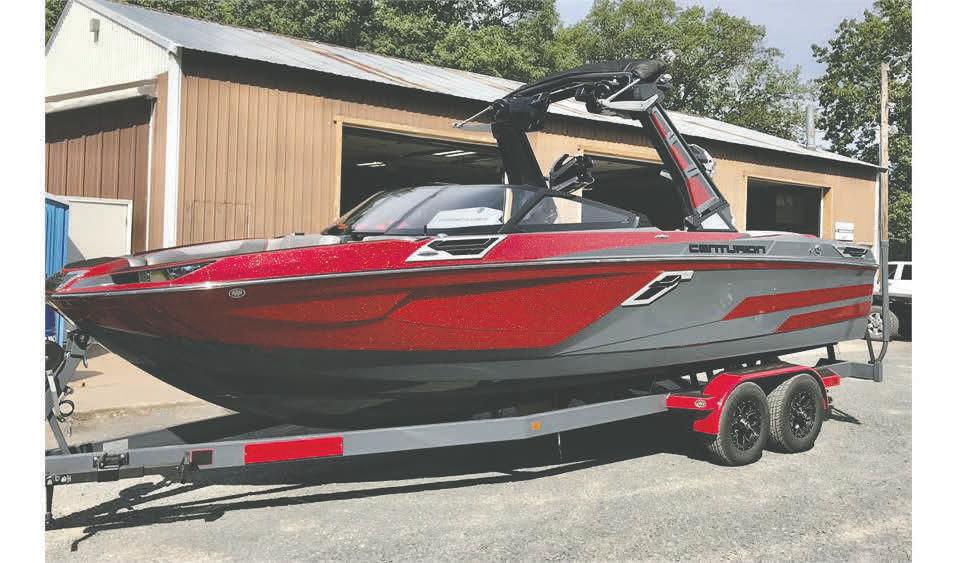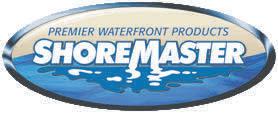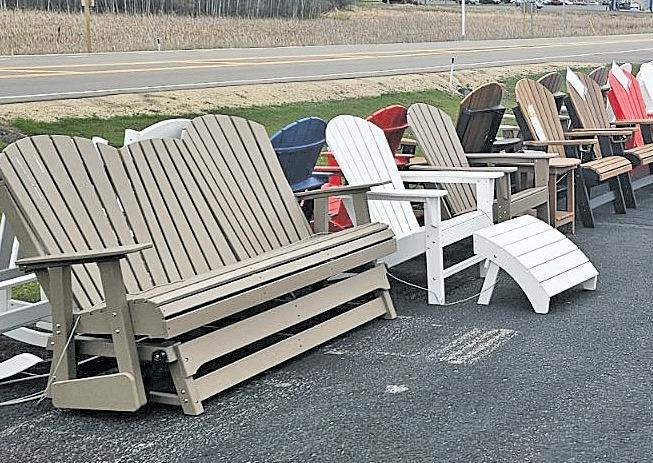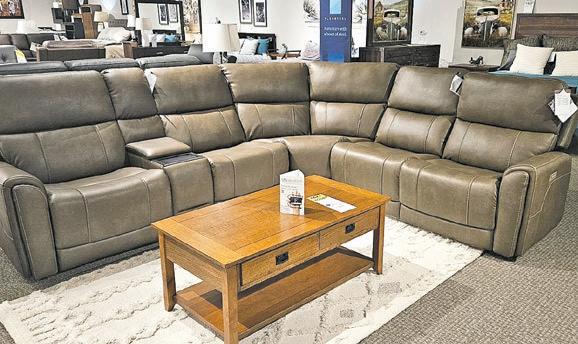L KER
Vol. 2024 • No. 5 • July 19 - August 8, 2024





Vol. 2024 • No. 5 • July 19 - August 8, 2024




By Justin Runberg editor@theameryfreepress.com
There are many different sports one can partake in on the water. Some are a bit out of the ordinary. The world championship snowmobile water cross races just finished up in Grantsburg, with many racers making their way to the event. Speaking with one of the racers, the sport has seen continued growth over the past decades. Not to mention, the sport was created in Grantsburg.
“Watercross has actually been around for longer than most people think. It started in Grantsburg, that's why Grantsburg is now the World Championship. I'm trying to think. I think it started in like the seventies, maybe the eighties there.,” said James Kirschbaum, water-cross racer, “we have a circuit now. There's a circuit here, there's also a circuit out east, there's circuits across seas and I'm pretty sure Canada has a circuit too.”
Breaking into the sport can be a challenge. But there is a fascination and excitement to the sport that is unmatched. Kirschbaum was introduced to it at a young age thanks to family and friends alike. His experience has led him to paving his own way in the sport with some humble beginnings.
Water cross is a racing sport where the driver ride snowmobiles across water. There are a couple of different

events and styles that can happen at the races. There are drags, where they ride in a straight line. Then there is Ovaling. Ovaling is where they maneuver the snowmobile around two points, at either end of a pond. Much like NASCAR drivers, but on snowmobiles, on water. Depending on the race, the drivers will either
make left turns or right turns. How someone handles their snowmobile can mean the difference between a rough loss, or exciting victory.
Starting in 2013, Kirschbaum started his journey in water cross. He made his start in the youth class and raced in the vintage class of snowmobile. Vintages are a little slower than the circuits. Kirschbaum
would end up taking first in that youth class, but wasn’t exactly satisfied with how it went. There were three people, including him, that participated in the race. They all took off from the start but no one was able to cross the finish line.
One by one, the other racers and then Kirschbaum fell victim to sinking their snowmobile in the pond. He would win
by default by making it the farthest.
This only drove him to want to pursue the sport deeper. But his rough start was only beginning. From 2013 to 2017 he would end up never making it across the finish line at Grantsburg. After four years, he still forged on.


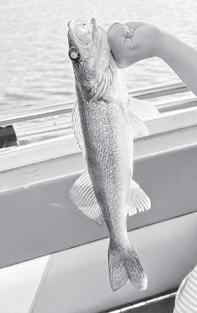









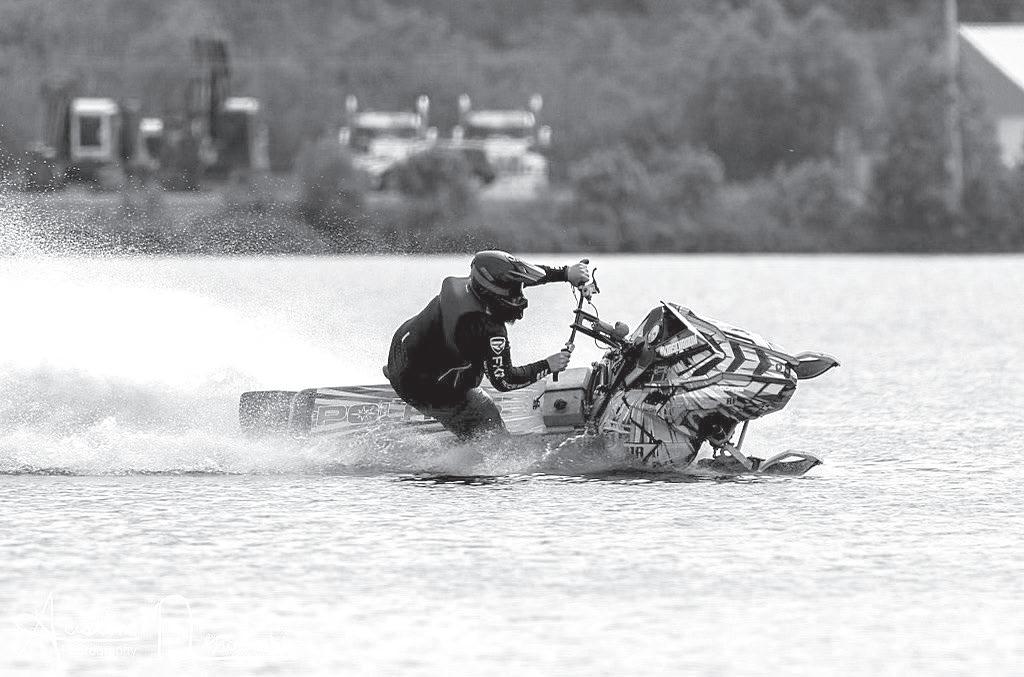
“It was very discouraging. Most people would probably quit, but it was just something I wanted to conquer. So, after 2017 I started to figure things out and from 2017 until last year, I did very well in the vintage, which is why I wanted to move up,” said Kirschbaum, “because I had started Ovaling too. I don't know what I want to call it, it's just been a dream of mine to go up to this level. Just always. It's very intimidating
when you see it and actually think about doing it.”
In those four years, Kirschbaum would begin to find his way. In vintage class, he would participate in races from Madison to Grantsburg taking home a few trophies along the way. His most notable performances would come from Knapp, WI. In the four years he made the trip he would take home four first places. In Madison,


the competition was a bit tougher but would still make the podium. In the few times he was there he would place third consistently. And in coming back home to conquer the pond, Kirschbaum would compete in Grantsburg for redemption. Every year he was able to make the finals but wasn’t able to secure a first place rank, but always finished in the top three.
Now, he is going into his second year
in the circuit, the big leagues some may say. And his consistency has followed through. In his first year, he was able to achieve making the finals in two different races. He has yet to break his record high of sixth place, but has also yet to fall below eighth place as well.
The momentum needed to tread water with a snowmobile is 25 miles per hour. When he was doing vintage, he averaged out at about 40 miles per hour. By the time Kirschbaum reaches the first corner, 300 feet away, he is reaching speeds upwards of 70 miles per hour before the turn. Which is a godsend for how much the snowmobile technology has advanced for the sport.
The snowmobiles used are capable of being able to sink and recover from being submerged in as little as five minutes. All unnecessary weight is taken off and is cut down to the bar minimum to make it as light as possible. Bigger snowmobile brands are getting onboard with the sport too by making bigger engines, capable of going faster. The engine and all serious components of the engine are completely sealed from any possible water. But it seems almost inevitable that someone ends up going down with the ship.
“Sink, a pontoon comes around with a winch on it. We winch you up through the pontoon, Andy, we, we bring the sled back to wherever you're pitting at. Most racers have crank drains and carb drains hooked up. So, you open all those,” said Kirschbaum, “So you have to drain your carbs, you have to drain your motor, take the spark plugs out,

pull it over until all the water is out of it, drain all your gas, put new gas in and you're ready to go. You can have them running within five minutes.”
Doing a unique sport like this does bring about unique challenges for competing. There are three things that have posed issues for Kirschbaum along the way. The first is maintenance. This is a key thing to pay attention to when taking care of the snowmobile for racing. Any small defect or problem could mean the difference between you gliding or sinking in the water.
The next, is becoming comfortable on the snowmobile when it hits the water and maneuvering it. The hardest part about the sport is finding a place to practice riding. It requires smaller ponds with lower depth to be able to get the snowmobile out of the water. And unless you have a personal pond, it makes it difficult. That is where the racing community can help. Everyone who participates is extremely friendly
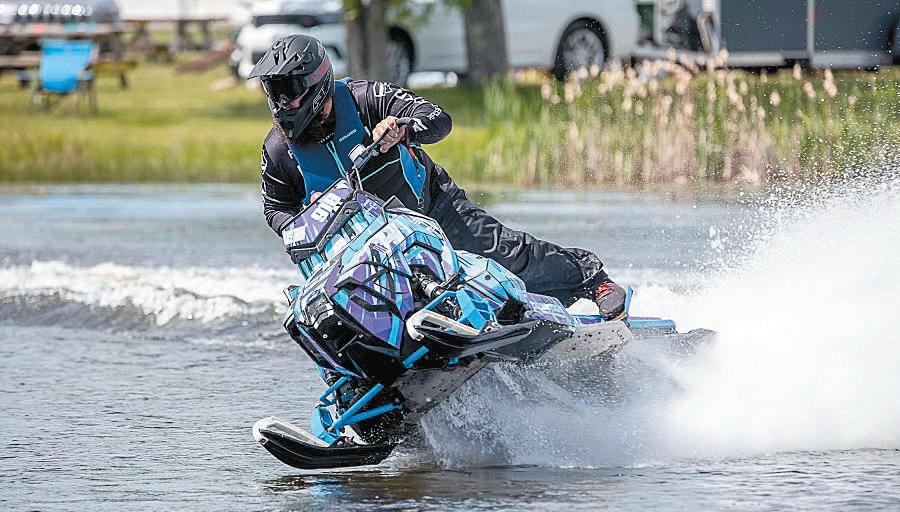
and helpful. They could be great resources to be able to find a practice area. Once you’re used to riding, the nerves go away and make you a better racer.
Speaking of nerves, that is the last challenge that Kirschbaum has the
toughest time getting through. The experience is nerve racking as one speeds across the water with others in close pursuit of a win. With high speeds and competitiveness gearing him towards the other challengers, it can be easy to get into ones head.
The sport is one unlike any other that is out there. Although there are some that have been in the county for most of their lives, Kirschbaum still finds those who have never heard of the sport. As it continues to grow in the states and across country border lines, more competition will be making its way to the county. But, in the meantime, Kirschbaum will continue to grow his skills around a great community of racers.
“I would recommend it to anybody that has a tiny bit of love for snowmobiles. And if they don't, they don't. I don't even winter ride anymore. And it's still a blast. Not only is it a great time, I feel like it's one of the most affordable forms of racing, if you like racing. And it's also a great community to be around. Everybody's nice, everybody will help you.,” said Kirschbaum. ■
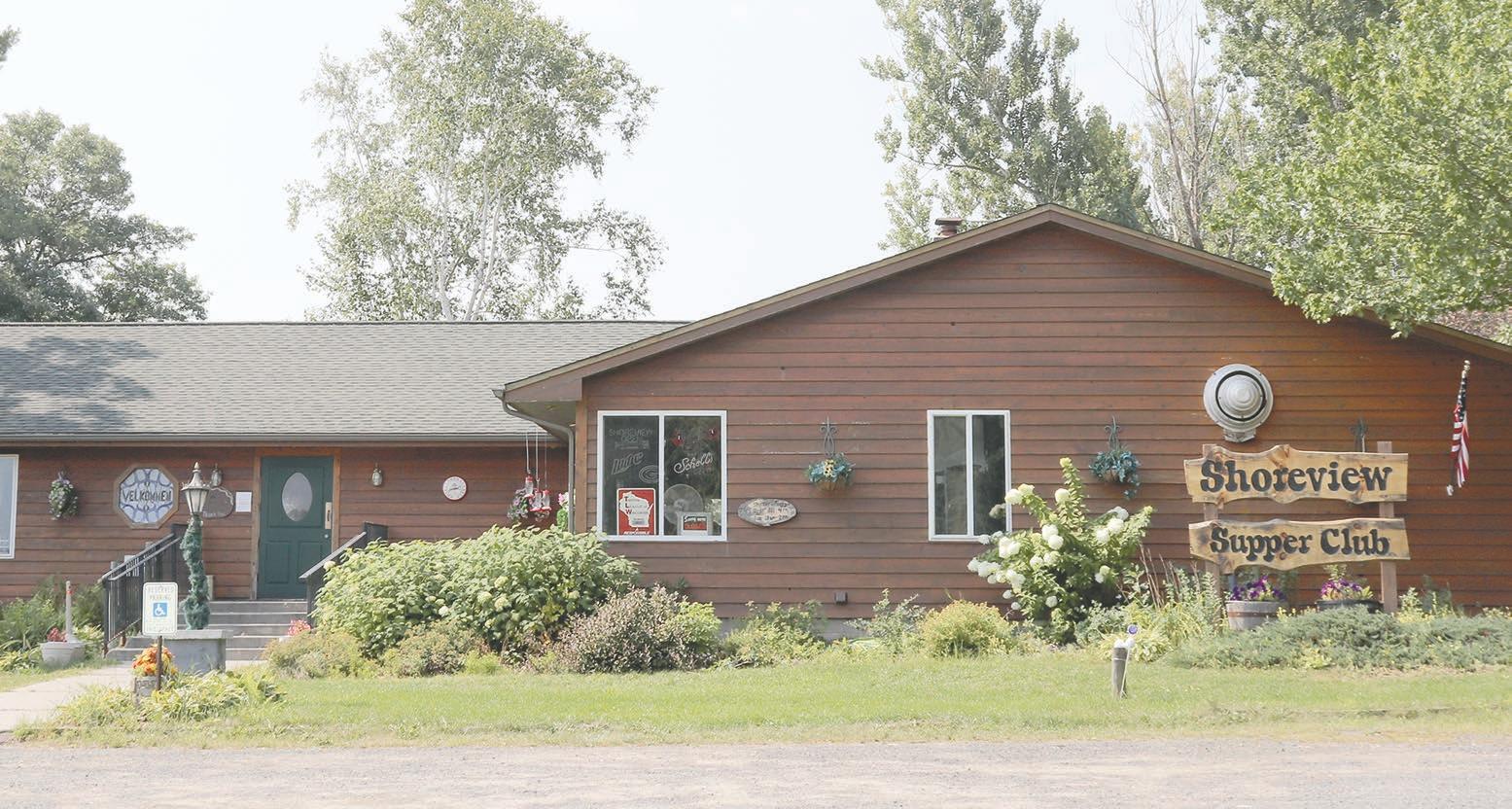





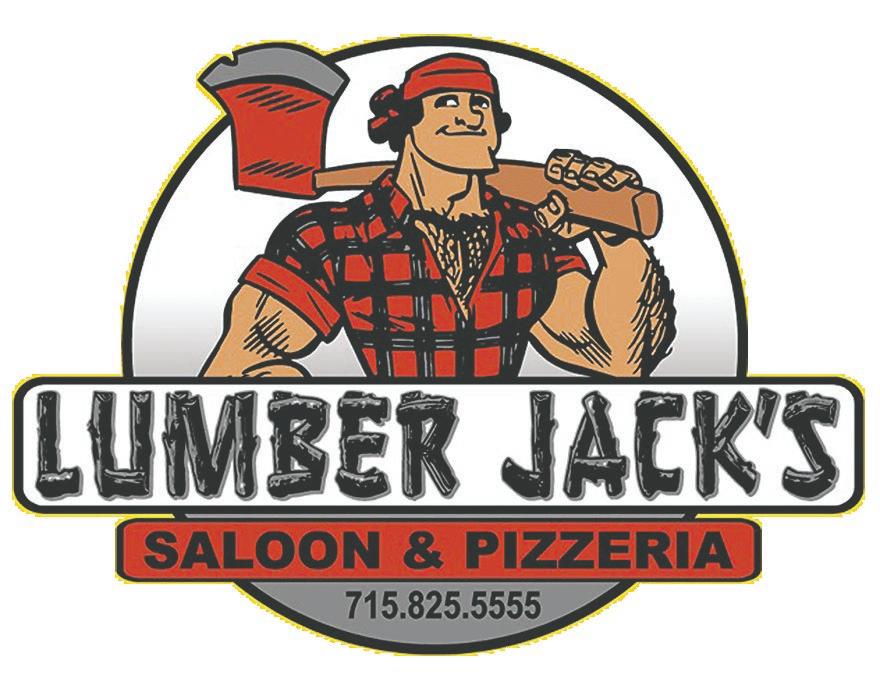
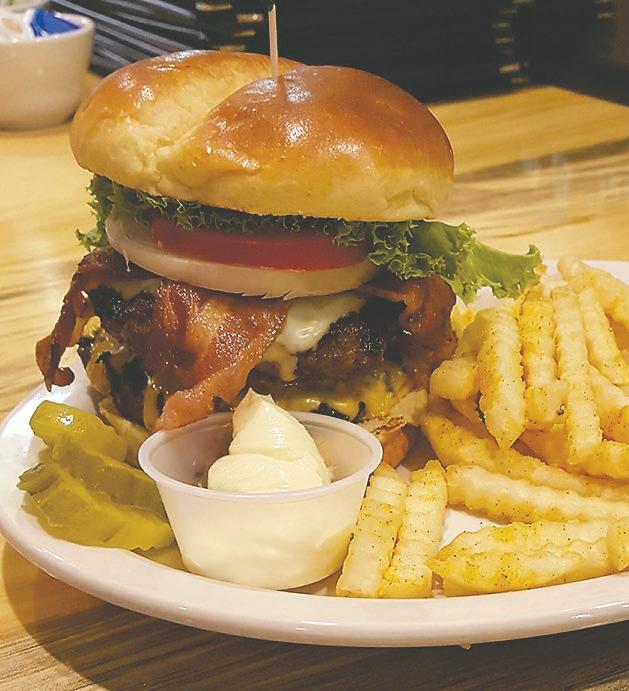

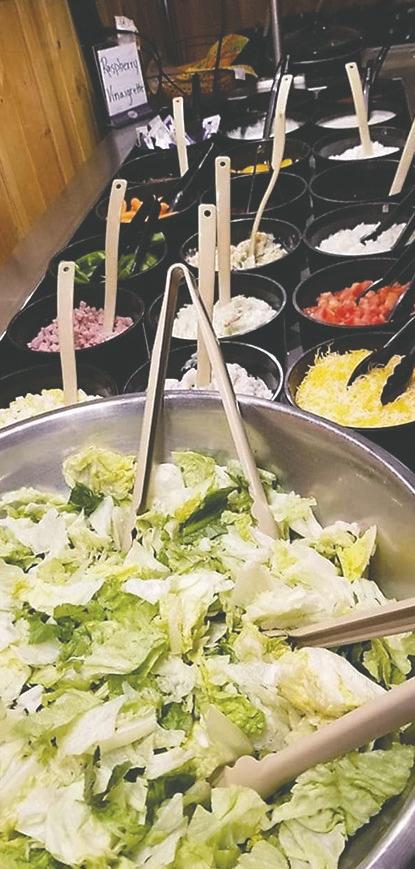





Milltown, WI
Taylor’s Falls, MN
START YOUR DAY RIGHT with a quick fix of freshly brewed coffee, espresso, or your favorite latte—all ready for the pontoon!
YOUR DAY RIGHT by sinking your teeth into juicy hand-packed burgers, crispy fries, and homemade root beer—served with a side of retro charm.
Savor the flavors of summer and 50s nostalgia with our lakeside combo!




Milltown, WI
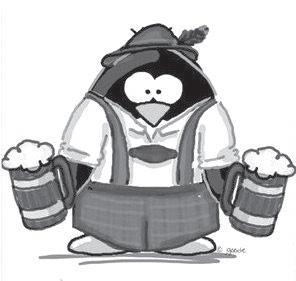


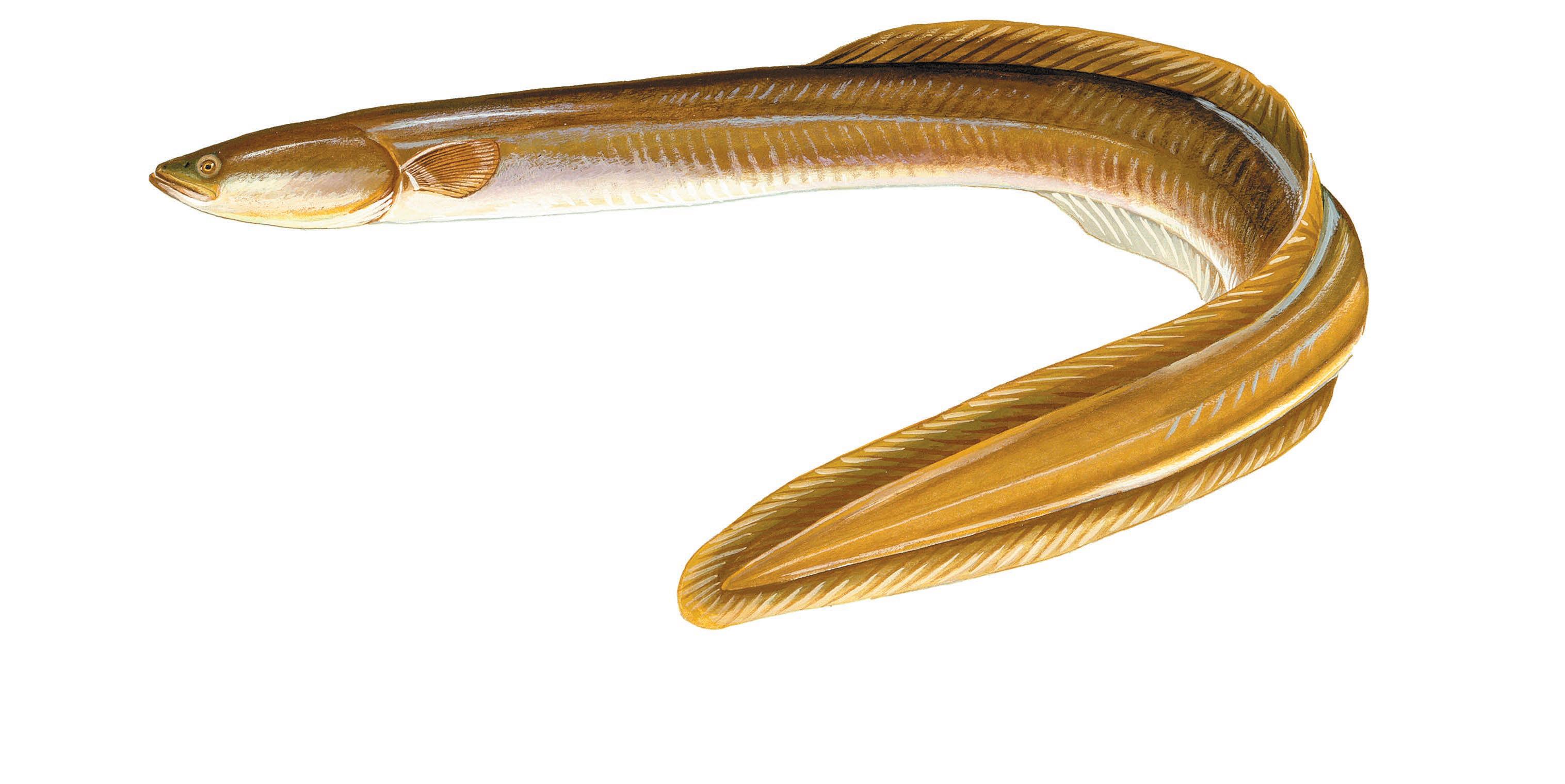
Fish & Wildlife Service
By Justin Runberg editor@theameryfreepress.com
When one thinks of the creatures living in Wisconsin’s waters, they may only think of Sunfish, Walleye, and even Perch. But there is one species that people may miss unless they look hard enough. The American Eel makes the waters of Wisconsin its home. Its original home range its mostly the east coast but has made its way west into the Mississippi River.
in four fish found in the Atlantic coastal streams.
The eel is unique in many different ways. It is the only freshwater species of eel found in North America. At one point in time, eels made up nearly one


The look of an American Eel is a bit unordinary. They have elongated bodies that wind and whip about in order to swim. They have a head that is similar to other fish species in the area, but it is a flatter head. On its back, about six
inches behind the head along the spine, there is a fin on the back and stomach. The eels can get up to nine pounds with varying sizes. Males can only grow upwards of about a foot and a half. Females on the other hand, grow over



twice as long with some measuring up to four feet in length.
A feature that is hard to miss with one in hand is their bodies are very slick. This is because the eel secretes a mucous layer that has a couple of benefits. Their skin is protected from pathogens that might otherwise make it into their body, thanks to the mucous. It also allows for easier travel in the water in strong currents.
The American Eel can be found in lakes, rivers and estuaries. It spends most of its time in rivers. They are a nocturnal species favoring to come and eat when the sun goes down. During the day, the eel will hide among fallen trees, plants and any kind of shelter it can find. During the night, the eel comes alive with energy as it goes out to hunt for food. While it’s on the prowl the American Eel will look for small insects, worms, and other fish.
Much like the American Eel’s physical characteristics, the life cycle is also unique. Each year during the winter, the species makes its way to breed. The eels leave their rivers and tributaries to make their trip to the Sargasso Sea. Once they arrive, about two million square miles will be the breeding ground for millions of American Eels.
The life of an eel can last decades depending on where they live and survive. After they hatch from their eggs, the eel will go through several transformations until mature. When they develop past larvae, they become “Glass Eels” and become transparent. They will measure about two or three inches long, feeding on a diet similar to the adults.
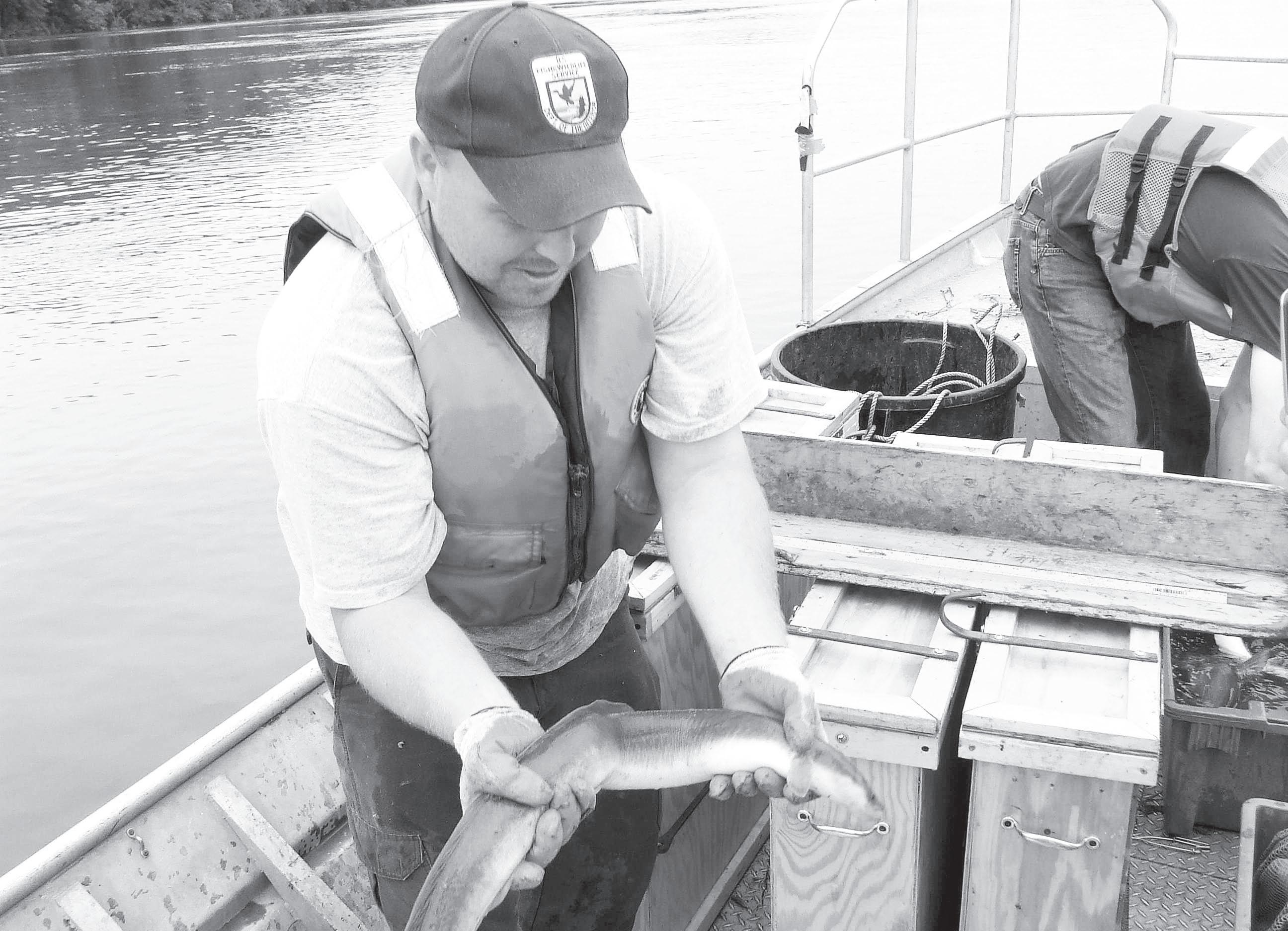
The eels do best when surviving in tributaries. The species will grow and mature more quickly in this kind of environment rather than a river, stream, or lakes. The lifespan on the creatures is pretty unique too. The American eel

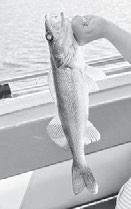
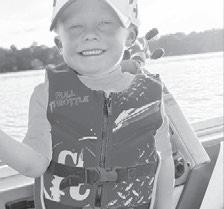



can live between five months to up to 40 years.
Wisconsin is home to many different fish species, calling the different bodies of water home. Many people who live in the state enjoy the angler lifestyle, or even hanging out on the

lakes. The American Eel is a unique and special species that is unlike any other fish species in the state. For more information about the American Eel, visit the U.S. Fish and Wildlife website at https://www.fws.gov/species/ american-eel-anguilla. ■
Sundays: Worship 10:15 a.m. • Coffee Fellowship 9:30 a.m. Pastor Laurie Kenyon Woods

1115 Mains Crossing Ave. • Amery, WI 715-268-9291 • www.balsamlutheranchurch.org
Georgetown Lutheran Church

715-857-5580
887 190th Ave., Co. Rd. G Balsam Lake, WI 54810
East of Milltown & Balsam Lake Pastor Diane Norstad • Fully Accessible
uploaded to YouTube or Facebook page: www.Facebook.com/ Georgetown.Church Communion Every Sunday Sunday Worship 10:45 am www.georgetownlutheran.net

113 W Main | P.O. Box 195 Milltown, WI 54858 715-768-3444
Sunday Service 10 am
Pastor Chuck Bailey milltownhof@gmail.com

Sunday Worship 9:00 A.M.
Join us in person or online at www.eastbalsam.org
715-857-5411 contact@eastbalsam.org Fully Accessible

1816 - 108th St./Co. Rd. I Balsam Lake, WI Come & Worship With Us

240 W. Elm St. • Amery Tim Bjorge, Pastor Sundays: 9:00 am Worship Weekly Live Stream on Facebook: FirstLutheranChurchofAmeryWI 715-268-7135 • www.flcamery.org

Sunday Worship 9:30 a.m. 715-472-2605
510 E. Foster Ave., Luck secretarypaula@lakeland.ws www.lucklutheran.org
“Opening Doors of Faith For All People” WORSHIP IN THE PARK in the park across from church July 21, 2024 • 9:30 a.m. “Breaking Chains” Praise Band Bring a chair. If rain, at church Everyone Welcome!

600 Keller Ave. S., Amery 715-268-7283 redeemerlutheranchurch-amery.com
CLEMENS, PASTOR Join
for weekly online or in person worship on Sundays at 9:30 a.m. See our Facebook Page REDEEMER LUTHERAN - LCMS



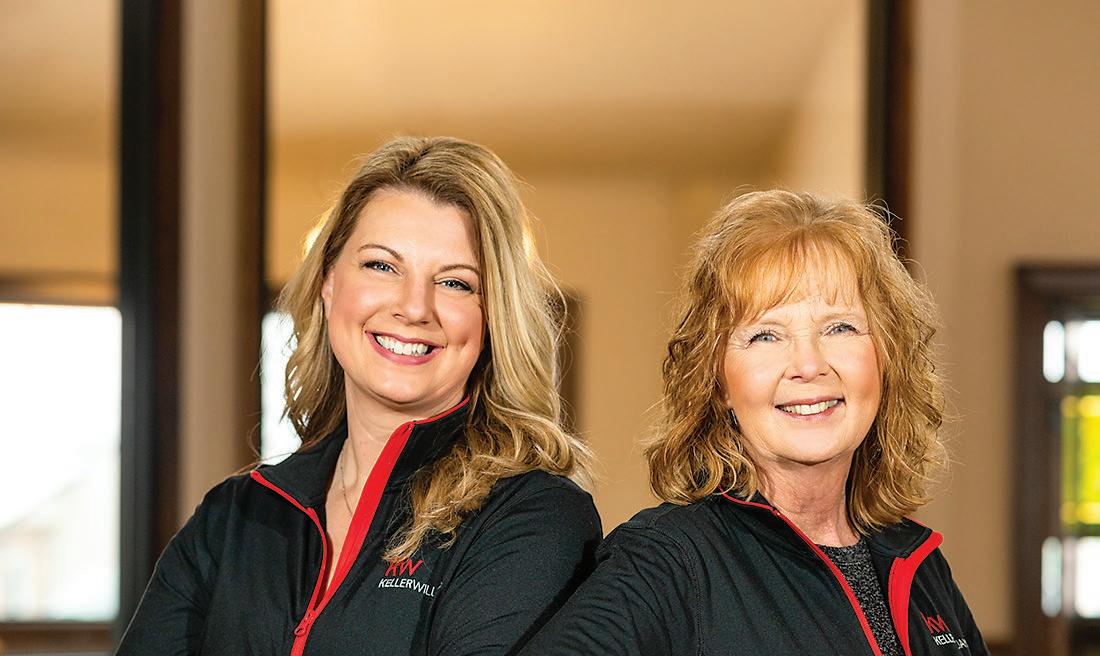




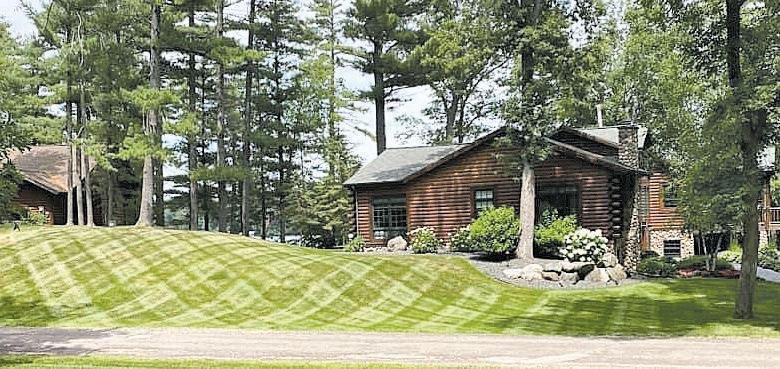

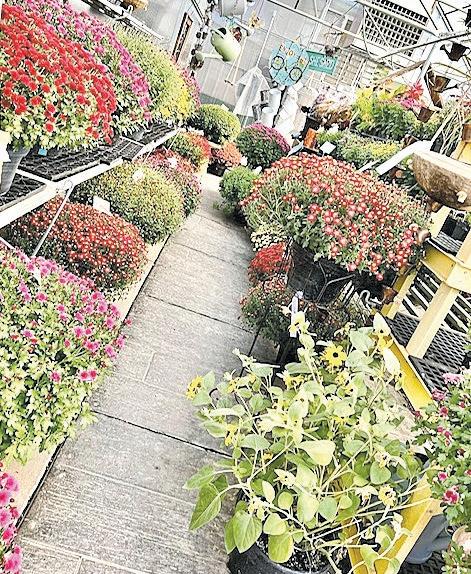
Vol. 2024 • No. 5 • July 19 - August 8, 2024
Acres: 579
Total Shoreline: 7.1 miles
Maximum Depth: 60 feet
Town of Milltown Polk County, Wisconsin
By Justin Runberg editor@theameryfreepress.com
Polk County will be hosting and revitalizing the Suicide Awareness Walk this year. Starting in 2016, the event found massive support throughout the county. In a three-year period, the walk raised $150,000 for suicide prevention. After the pandemic started the founder decided to pass the torch to handle some family matters. Now, they are looking at bringing it back, bigger and better than ever.
“We decided to start it back up again this year. And our favorite person, Lisa Murphy Cooper, is the director of the Mental Health Task Force,” said Tristin Divine, Founder of the Polk County Suicide
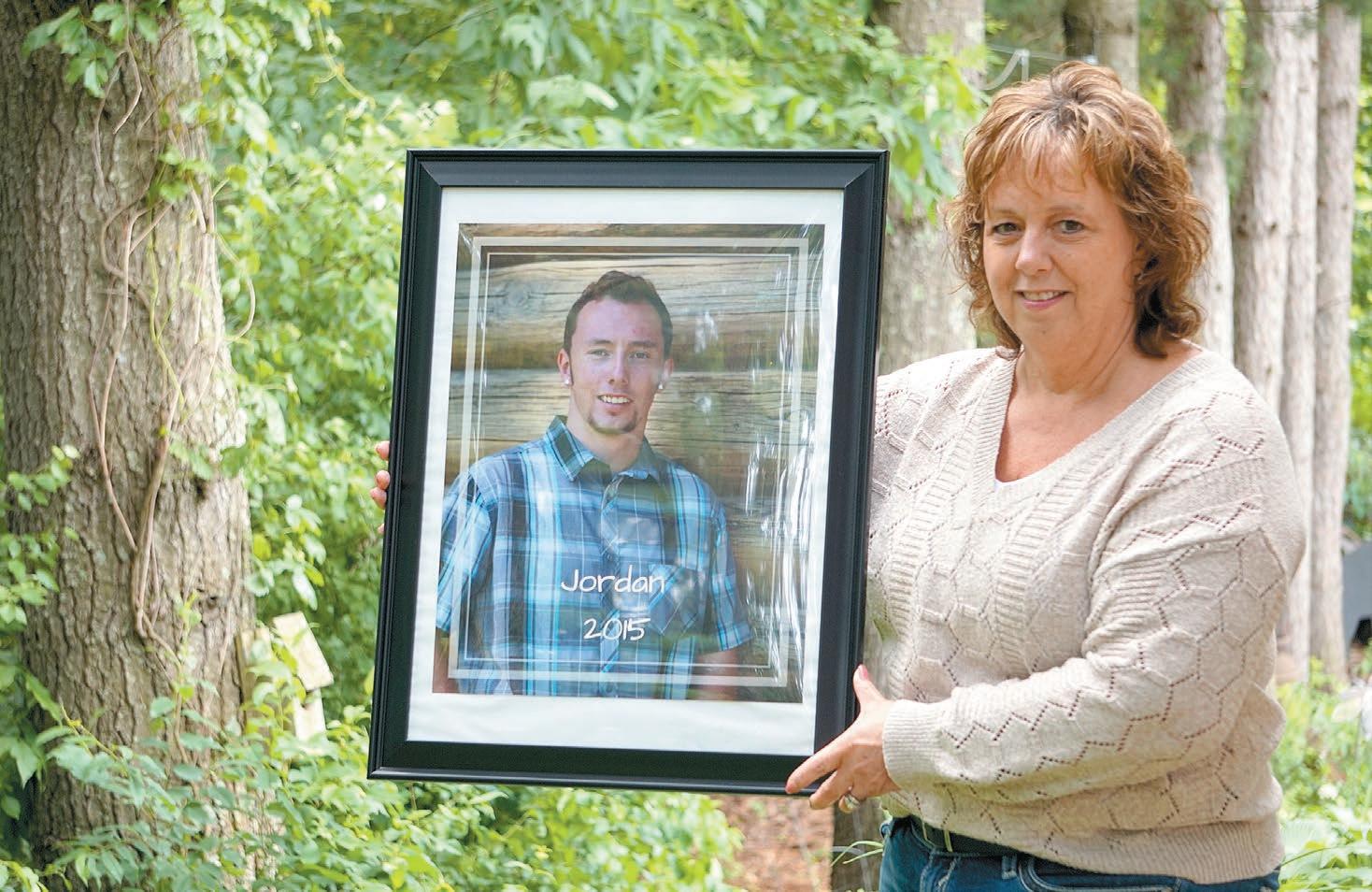
Awareness Walk. “We just knew that we'd make the best partnership with the task force, getting back with them. Lisa's been wonderful getting everything going again. And so we're working with the Mental Health Task Force, and we are back bigger than ever. We are going to bring the walk back September 21st, 2024. And from here forward, it'll be the third weekend of September.” Divine wanted to do something to support others who have lost loved ones to suicide. In 2015, her son Jordan died by suicide. That year, after some time, Divine decided to walk at the Mall of America’s suicide prevention walk. In just a few short weeks, her family
3B
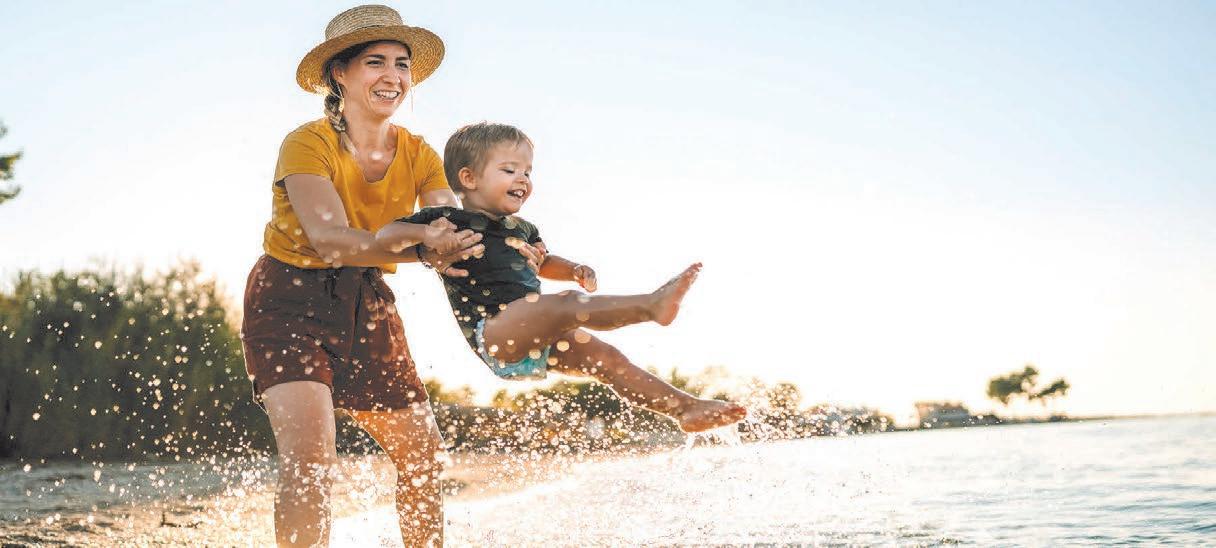




was able to raise close to $7,000 that they would donate to the organization. The year her son died, there were 17 other suicides in Polk County. After living through that experience, and
seeing others go through it, Divine knew there would need to be a county wide intervention. Although the money went to a great place, the event had her thinking of what people locally could
do to help. Divine wanted to help bring awareness and resources to the county to combat the issue.
And that’s exactly what she did. That next year, she organized the Polk
County Suicide Awareness Walk. Divine did most of the work herself in getting it set up for the first year. She said it was



a challenge but one that was necessary to help bring change. Now, she is hoping to build on her earlier successes to bring the county together.
“We've gotten a lot of positive feedback about it, from the task force perspective. We know that it was really missed in our community, and there are a lot of people out there that had been a part of it that are really excited to see it come back,” said Lisa Murphy, Director of the Polk County Mental Health Task Force. “I think this year with some of the, some of the changes that we're making, just slight changes to how the format of the walk plays out, we're pretty excited about how it's going to flow this year and some of the new things that we're adding to it.”
There will be a few new things being added to the event. Special guest Paul Thomas, from 102.9 The Wolf will be the featured speaker. Thomas also lost a family member to suicide and created the Live-in Foundation. Through the foundation, they have camp Live-in. There will be a booth set up at the walk with additional information. Divine, Murphy, and the Mental Health Task Force, are hoping to send families in Polk County to the camp if interested. The camp is for individuals or families that have lost a loved one to suicide. In this space, they will have grief support and speak with others who are going through the same struggle. There will be additional booths for mental health services and resources. As people go through the park, they will be able to listen to live music and participate in a unique memorial. The groups intention is to have a butterfly release in memory of those no longer here. Meals can be purchased at the walk, with a coffee truck arriving early and additional food trucks coming a little later.
The purpose of the walk is to bring
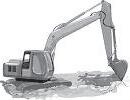

the county together to prevent suicide and have the resources necessary to combat the issue. All money raised stays within the county to help improve on the resources it has.
The event is family friendly and all are welcome. For more information on what all will be happening on the day, visit https://fundraise. givesmart.com, or their Facebook

page, https://www.facebook.com/ PolkCountySuicideAwarenessWalk. ■

By Justin Runberg editor@theameryfreepress.com
Wisconsin is known as the dairy land and it shows in how strong the states agriculture programs are. The best display of this culture is at the Polk County Fair when kids show their animals. There are many different kinds such as: heifers, chickens, rabbits, and even goats. But it’s also a great way for them to pick up a few life lessons along the way.
“I think showing animals is really about developing our youth actually, by teaching them to work diligently with their project animal and to learn basic livestock skills and knowledge,” said Gwen Dado, owner of Four Hand’s Holstein’s. “For example, understanding how to feed your animal for best show performance, understanding how to clip and present your animal. Again, showing purpose, and I think the whole purpose behind 4-H is to develop youth in reference
to developing work skills, understanding that we might not always win.”
Preparation for showing the animals at the fair starts many weeks prior. In that time, the kids will work with their animals to get them comfortable with each other. Different strategies and how one handles the animal will be dependent on the species. For dairy, the kids will begin a couple of months before the fair starts.
In that time, those who participate in showing will begin their work. The first thing the kids will do is get used to holding a rope halter and walk the cows around in an enclosed area. This is so the animal doesn’t get spooked or try to run away. Then, they get used to walking clockwise in a circle. Over time, the animals and people showing them start to develop a
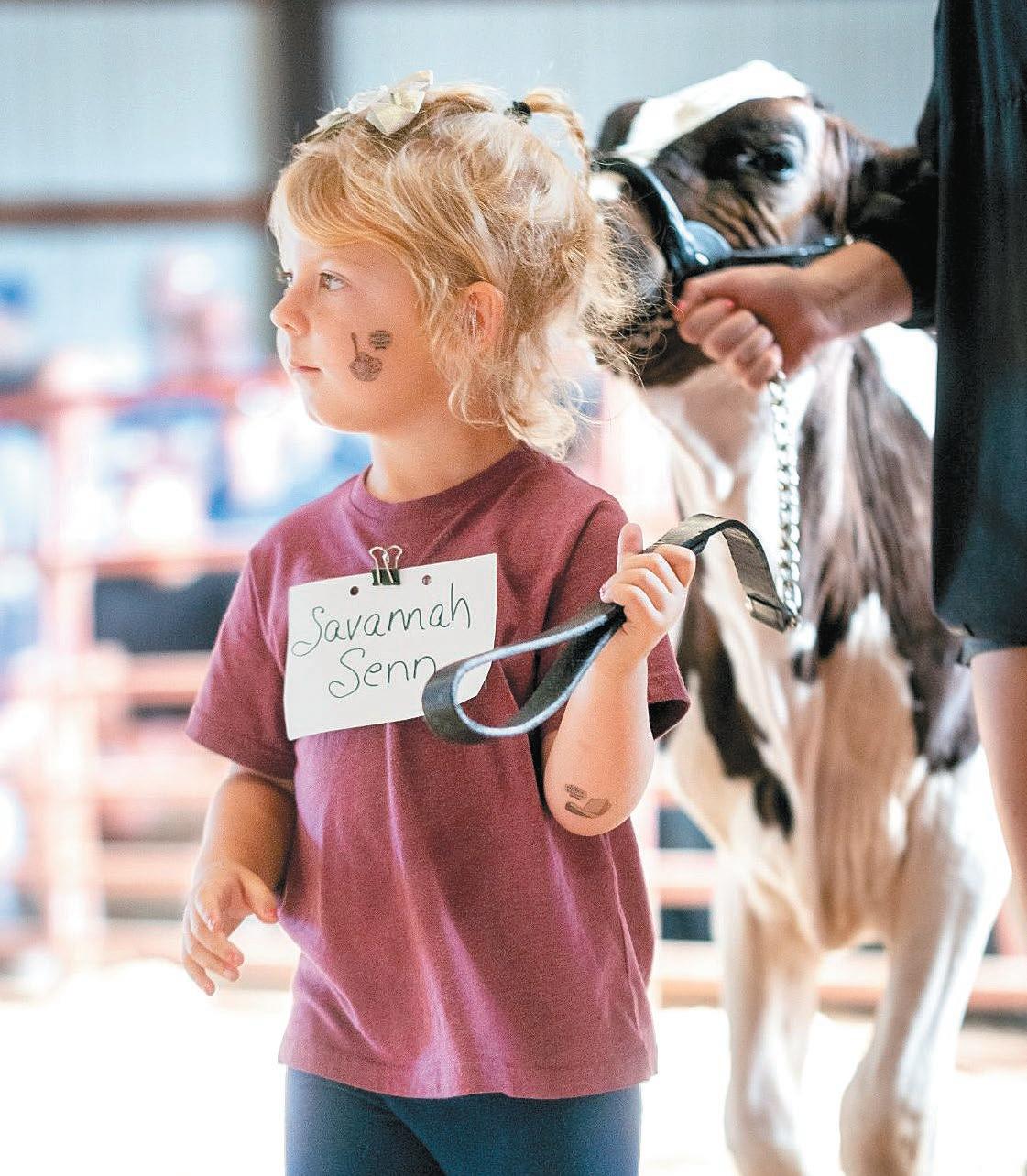
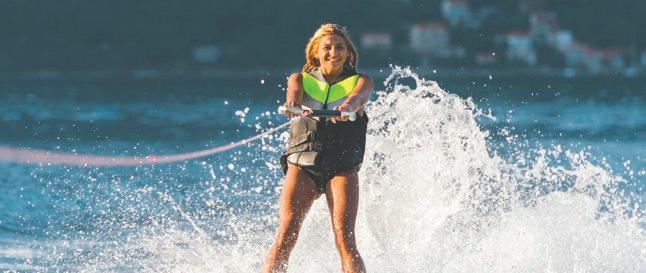
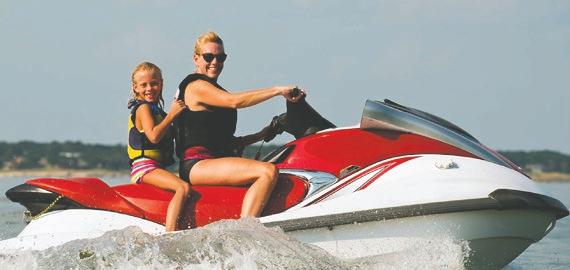


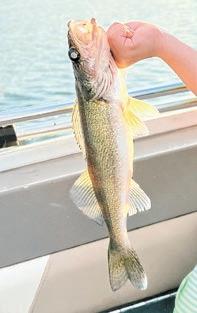
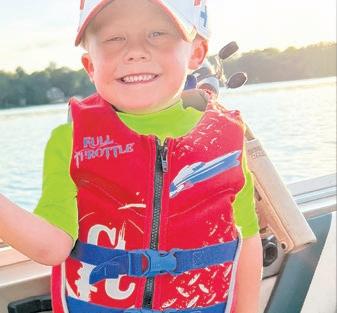









bond, with some only responding to their “person” of sorts. At Dado’s farm they practice twice a week with their 4-H members. Some clubs will practice upwards of five days a week to train their animals. When the kids show their animals there are different classes that they can participate in. In bovine, there are over six categories. Depending on the age of the cow will depend in what class the kids show their animal. For example, in the aged class, it is meant for cows over five years old. So, you won’t have a firstyear heifer competing against a five-year-old one. This keeps the competition fair for those who participate. When they show the bovine, they are looking at




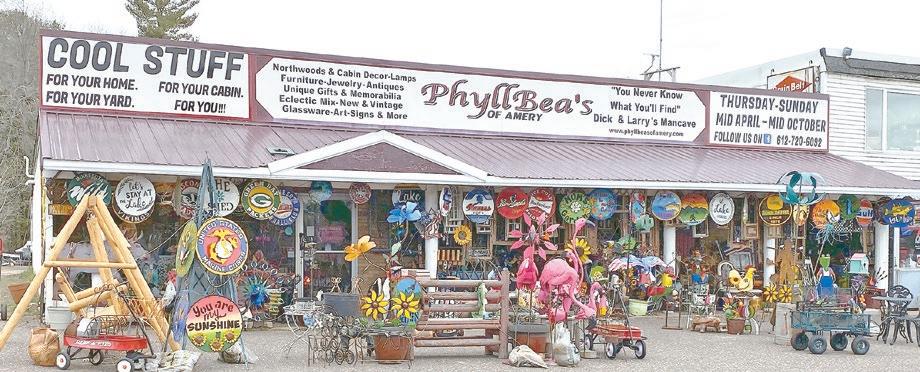
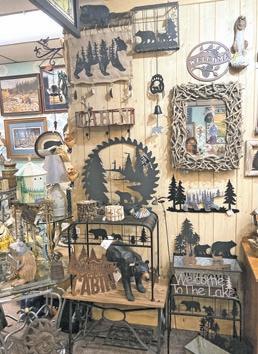


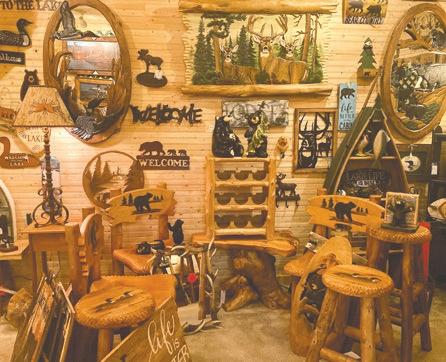
specific details of the animal. The judges are looking for what they feel is the most ideal cow based off their confirmation.
“We actually have a dairy judging score card and so we're looking at how they rank in the scoring. Scoring is done on dairy strength, frame, utter, and the rear feet and legs. So those are the four categories we look at, and we're comparing that in our brain to an ideal cow,” said Dado. “So, just like in humans, all of us look different. So do all animals. And so we all have strengths and weaknesses, right? So, like my niece is six foot two, I'm five foot two. If we were in a cow class, the six foot two person would be showing, not me the short one. We all have different feet and legs, and same goes for cows. We want a cow that has a solid set of feet and legs so she can stay standing in the herd for quite some time. So we have this ideal in our brain and that's what we're comparing it to.”
There are two differences in showing animals though. In one part the fairgrounds they have a livestock area.





For livestock, the animals will be auctioned off at the end of the competition. These animals are bred for the purpose of being sold for their meat. The other side, the part that the 4-Hers will participate in, will be in dairy. With the diary part of the competition, the animals will return to living at the farm when the competition is done. Making for a happy ending for a showing.
With the Polk County Fair just around the corner, it is a great way to see how much work the kids put in with their animal. Although the fair has many events, some of the most popular are those that show the different species of animals on farms.
Showings for the animals will begin on Friday and go all the way into Sunday, where the junior class will show off their young animals. Whether you’re on the lake visiting the cabin, or are from the area, there is much fun to be had at the fair this year. ■

Ingredients
• 1/2 c. mayonnaise, plus more for the buns
• 1 large celery stalk, finely chopped
• 2 tablespoons chopped fresh dill, plus more for garnish
• 1 Tbsp. chopped fresh chives
• 1 Tbsp. fresh lemon juice
• 1/2 tsp. kosher salt
• 1 lb. cooked medium shrimp, chopped 4 hot dog buns
• 4 large lettuce leaves
• Potato chips, for serving
Directions
1. Stir together the mayonnaise, celery, dill, chives, lemon juice and salt in a large bowl.
2. Add the shrimp to the bowl and gently stir to combine.
3. Heat a large cast-iron skillet over medium heat. Spread both sides of the buns lightly with mayonnaise.
4. Toast the buns in batches until golden, about 2 minutes per side.
5. Lay the lettuce leaves inside the toasted buns, then fill with the shrimp salad. Garnish with more dill and serve with chips.
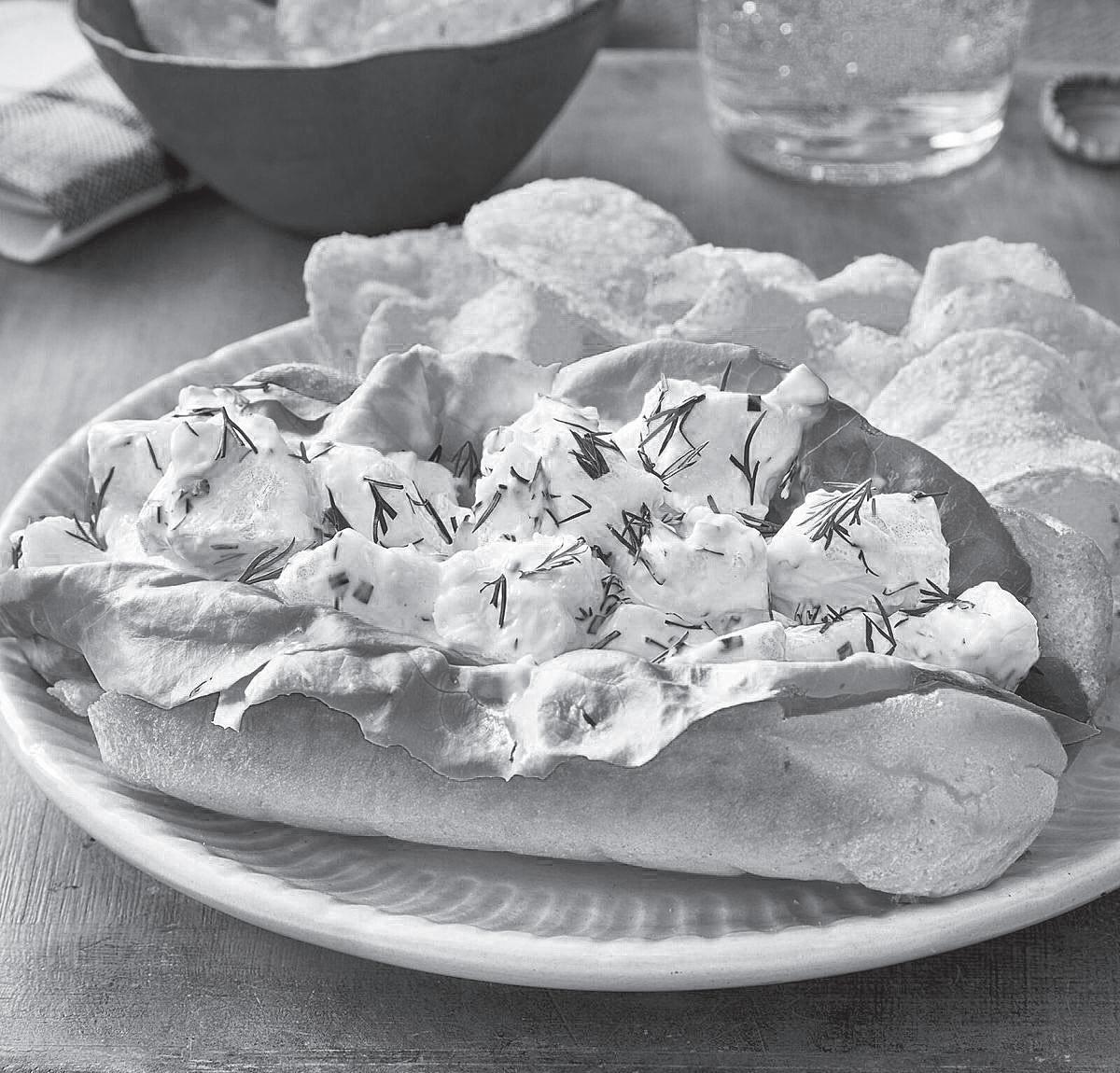









Ingredients
FOR THE CHIPOTLE-LIME DRESSING:
• 1/4 c. sour cream
• 2 Tbsp. mayonnaise
• 2 Tbsp. lime juice
• 2 tsp. hot sauce
• 3/4 tsp. kosher salt
• 1/2 tsp. chipotle chile powder, plus more for garnish
• 1/4 tsp. ground cumin
• 1/4 tsp. black pepper
FOR THE SALAD:
• 4 large ears yellow corn, shucked
• 2 plum tomatoes, chopped
• 1 avocado, peeled and chopped
• 1 c. chopped red onion
• 1 jalapeño, stemmed and
chopped
• 1/2 c. chopped cilantro, plus leaves for garnish
• 1/2 c. crumbled queso fresco, plus more for garnish
• Lime wedges, for serving Directions
1. For the chipotle-lime dressing: In a small bowl, whisk together the sour cream, mayonnaise, lime juice, hot sauce, kosher salt, chipotle chile powder, cumin, black pepper, and 1 tablespoon of water. Set aside.
2. For the salad: Meanwhile, bring a large pot of water to boil over high heat and season generously with salt. Add the ears of corn
and boil for 3 minutes. Remove the corn from the pot and let it cool to room temperature. Slice the kernels off the cob. (You should have about 4 cups of corn).
3. In a large bowl, gently toss together the corn, tomatoes, avocado, red onion, jalapeño, chopped cilantro, and queso fresco. Drizzle with the dressing and toss gently to coat. Sprinkle with more cilantro, queso fresco. and chipotle chile powder. Serve with lime wedges.
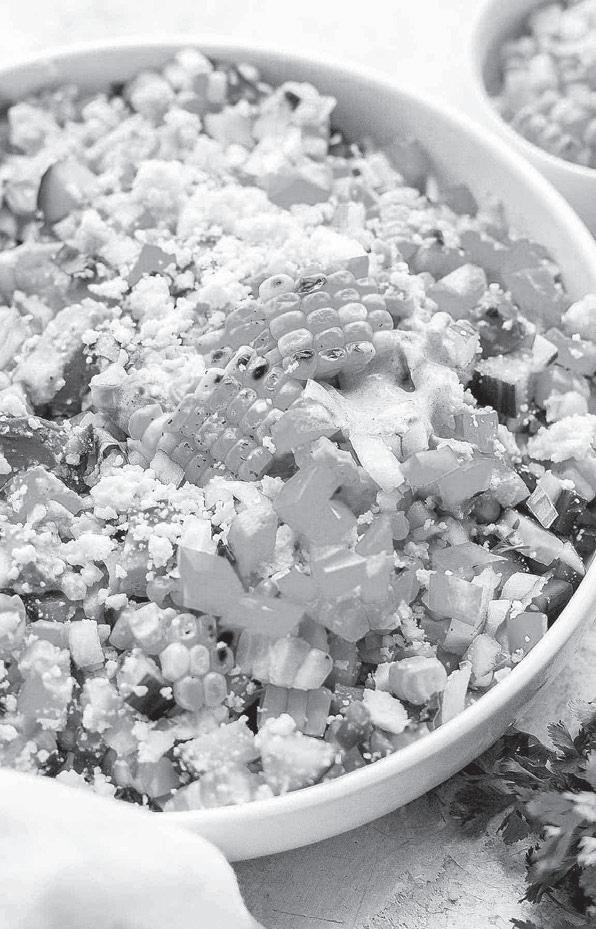

• 3/4 tsp. kosher salt, plus more to taste
• 1/2 lb. orzo
• 4 Tbsp. fresh lime juice
• 1 tsp. honey
• 1/3 c. olive oil
• 4 Tbsp. finely chopped fresh basil, plus small leaves for garnish 1/4 tsp. black pepper, plus more to taste
• 2 c. chopped seedless watermelon
• 2 packed cups baby arugula
• 1 c. crumbled feta cheese, plus more for topping
• 1/3 c. lightly toasted pine nuts



1. Bring a large pot of salted water to a boil. Add the orzo and cook according to the package directions until al dente. Drain and rinse under cold water to cool completely. Drain well.
2. Whisk together the lime juice and honey in a large bowl. Slowly pour in the olive oil, whisking until well combined. Stir in the chopped basil and season with the salt and pepper.
3. Add the cooked orzo to the dressing and toss to coat. Add the watermelon, arugula, feta and pine nuts and toss just to combine. Season with salt and pepper. Serve topped with basil leaves and more feta.
Welcome to beautiful Balsam Lake, a village living in natural harmony. Established in 1905 the Village of Balsam Lake rests on the southwest shore of Balsam Lake in one of the most prime tourist locations of northwest Wisconsin. Whether you are looking to relax or take part in a wide variety of activities, both on and off shore, the Village of Balsam Lake is the place for you! The Village is nestled on the largest lake in the area, (2,054 acres), which is teeming with fish to satisfy the most avid of anglers. The unique shoreline stretches 65 miles and the lake is dotted with picturesque islands and bays. Fine Dining and casual eateries abound and over 50 businesses provide a vast array of services.
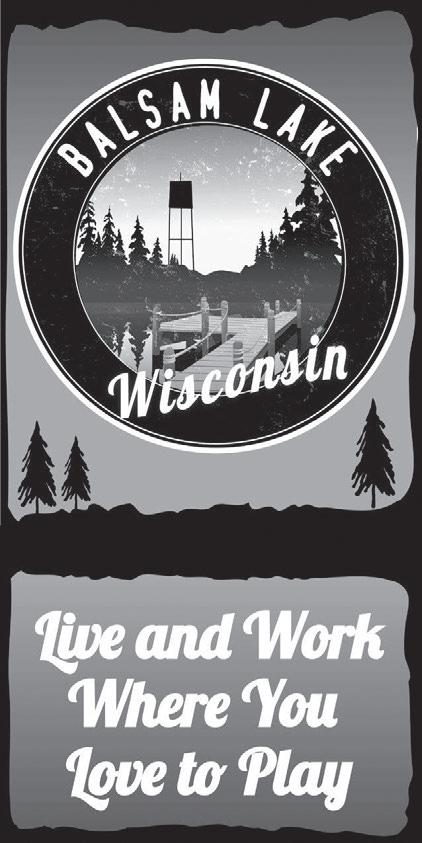
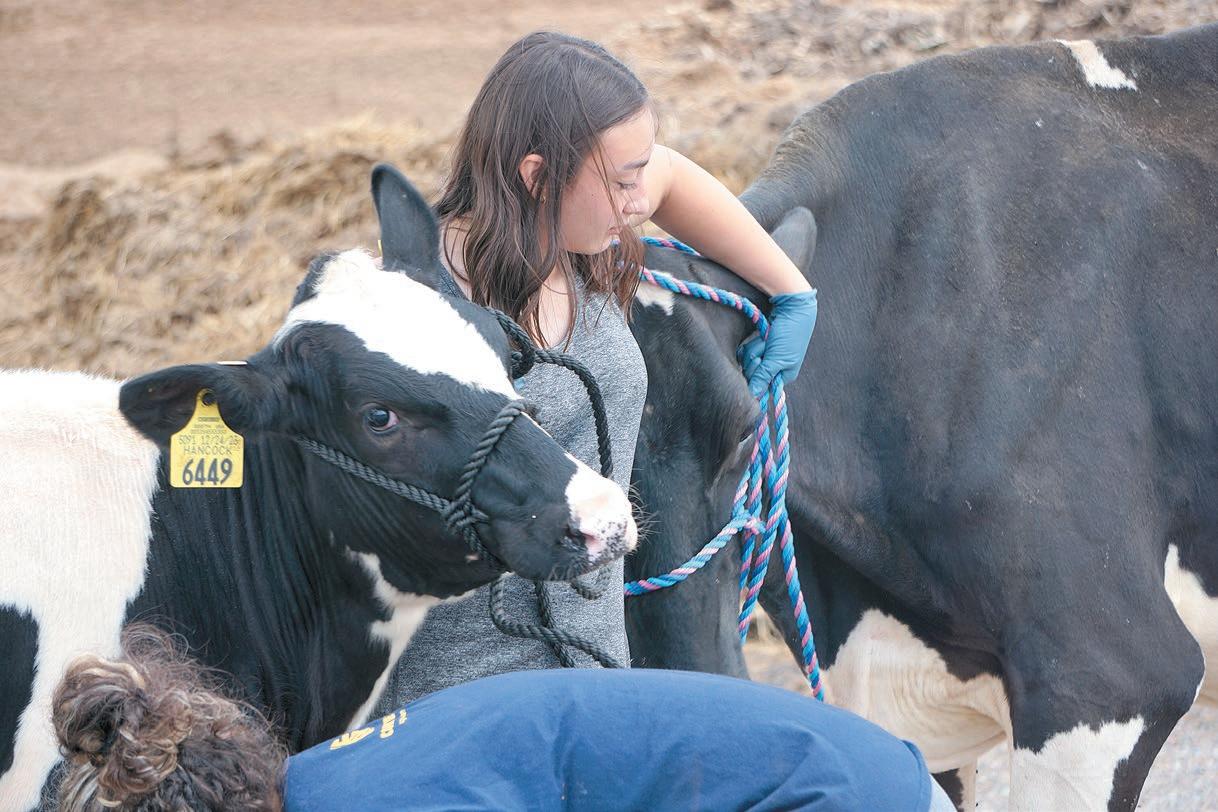

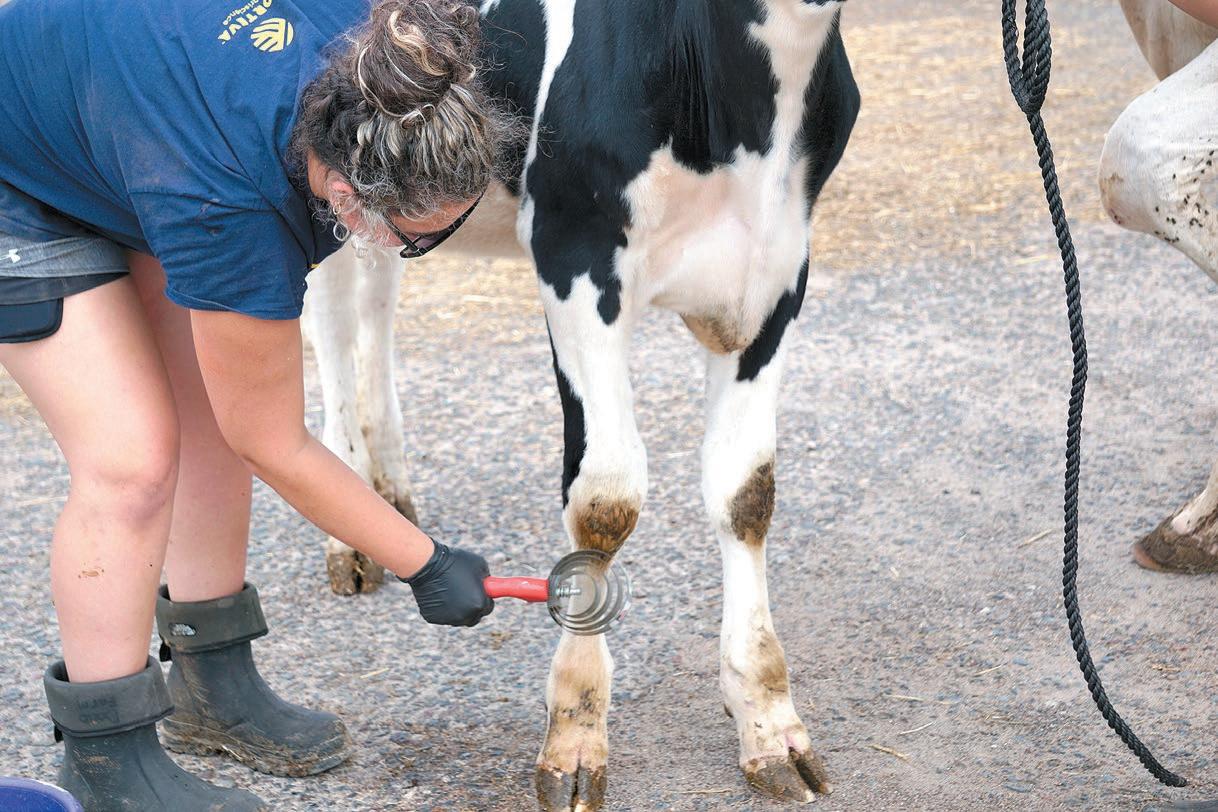



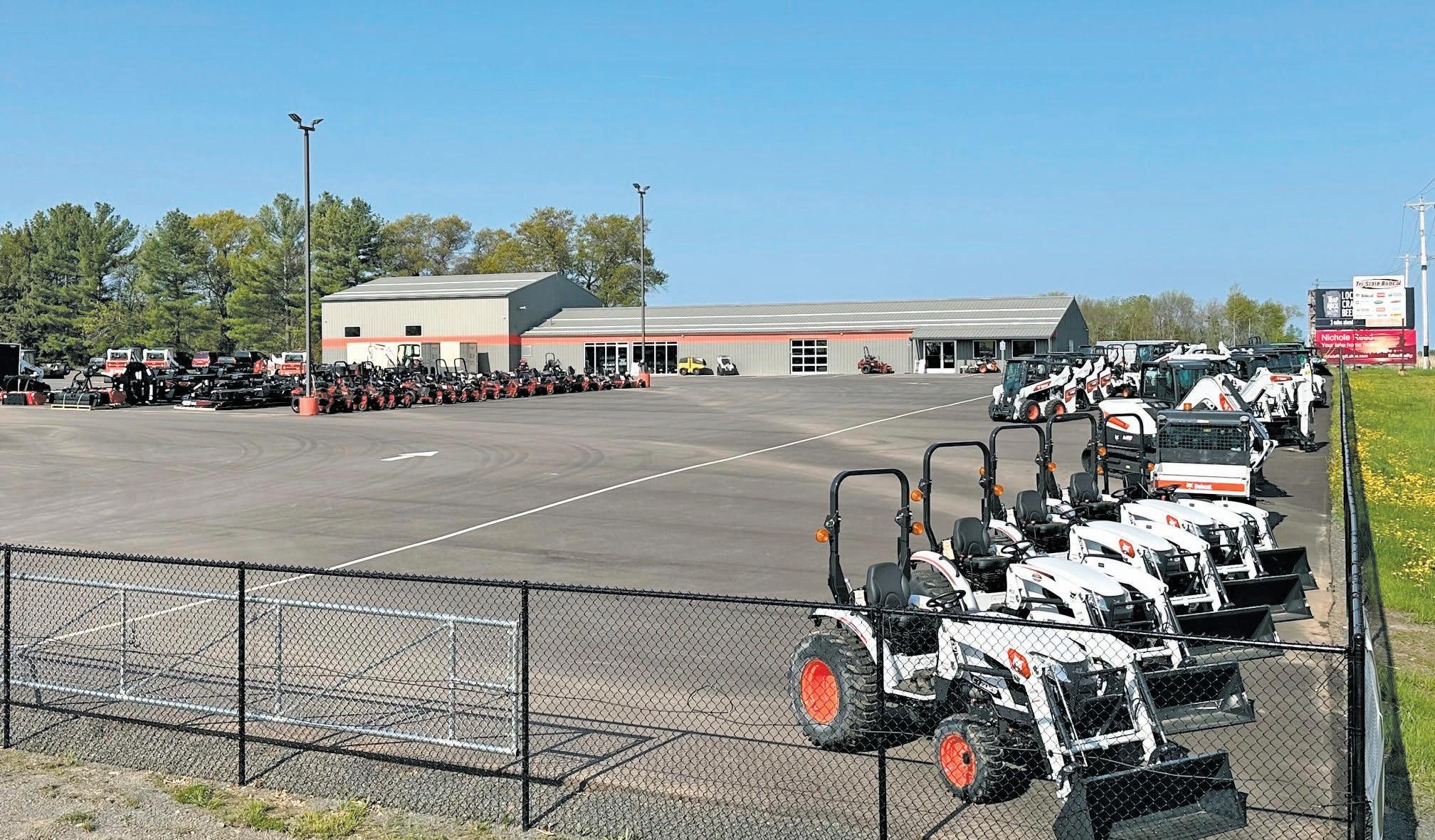











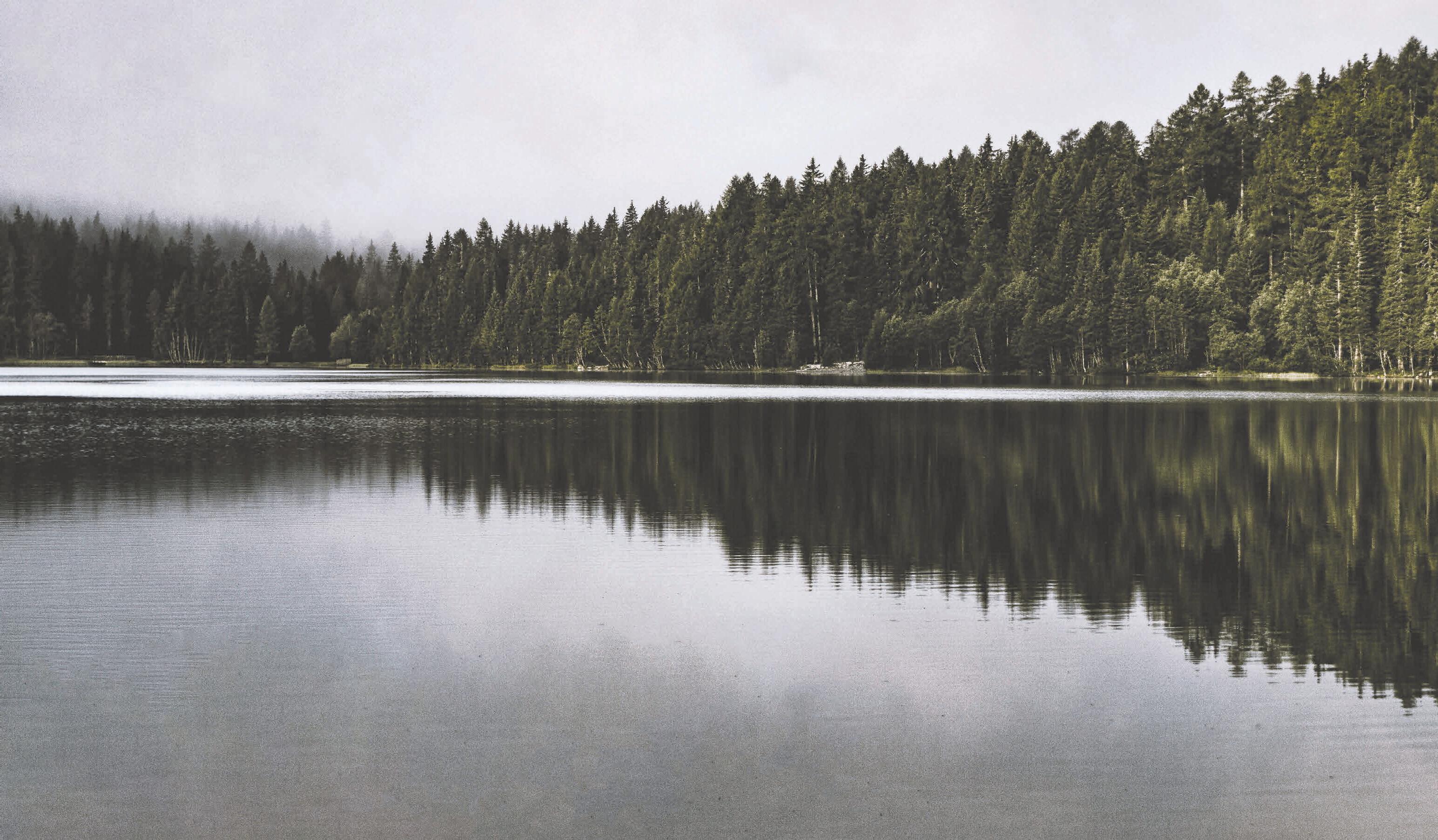

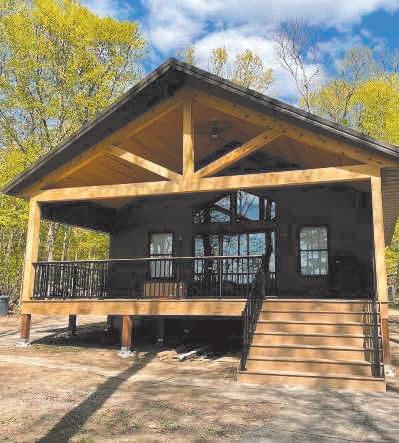


Vol. 2024 • No. 5 • July 19 - August 8, 2024



By Troy Prosa TAP Architecture, St. Croix Falls WI
When the car breaks down, you call a mechanic. When you have a toothache, you go to a dentist. When you feel ill, you see a physician. When you have problems with the spaces within which you work and live, why not consult with an architect? An architect will work with you to learn what the problems are (symptoms), define what needs improvement (diagnosis), and how to achieve it (cure). The process of working with an architect typically has several phases, as follows:
The planning phase is a critical aspect of any remodel or new construction project. First, we determine the type of Architectural Design Service that will be best suited to your project, such as “full



service” (a comprehensive process that involves the architect in virtually every aspect of the project) or “designated services” (which cover more specific aspects of the project). Next, the scope, budget, schedule and other project consultants and team members are discussed, including defining how the architect will be compensated. Two options to consider are a fee based on percentage of construction cost, or a fee estimate determined by the scope of the project that is billed at hourly compensation rates for work performed by the architect. A good design firm should offer flexible options to consider that are reasonable and acceptable to the client.
If remodeling the existing home is

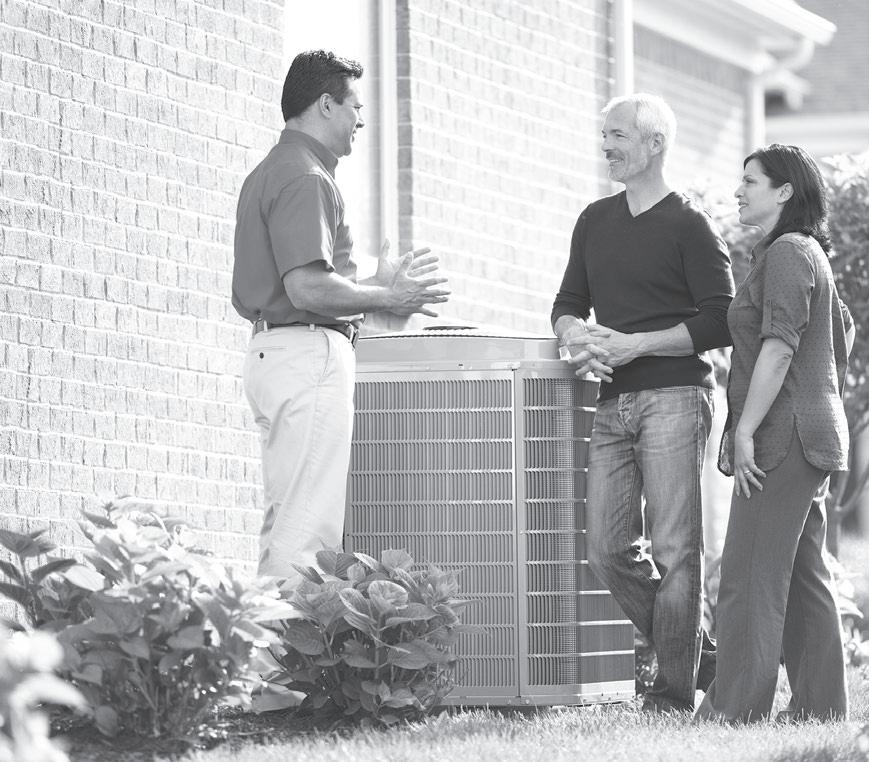
the direction forward, the condition of the structure will need to be assessed. If drawings or “blueprints” of your existing home are available, we’ll start there. Otherwise, measurements are taken and a digital “as-built” drawing is prepared.
The next step is to create a program that describes needs and problems with existing conditions and desired improvements. Then, the architectural style and specific details and materials regarding interior and exterior are discussed along with special amenities or aesthetic elements. Finally, we analyze and establish the needs and spatial organization of spaces, their sizes and their relationship to one another.
Each municipality has their own ordinances, limits, and exceptions that must be reviewed and confirmed for your specific project. There are four key zoning considerations for any remodel or rebuild project: zoning district, lot size, setbacks, and height. Once a zoning review has been completed, it should be clear what regulations one will need to comply with. This will provide a better understanding of your property and the options and challenges you will need to address. Then, a site study is compiled to determine the orientation and relationship of the building to the site and critical elements such as access, vegetation, orientation, views, prevailing winds, and seasonal sun and shade.
In this phase, we start to design in sketch form through a collaborative process to produce a concept and

design direction. First, floor plans, exterior and/or interior sketches, and a site study are presented. The process might require a few design iterations with changes or tweaks before a final concept has been accepted. Then, a refined design is produced based on changes from the sketch form design phase. Floor plans, elevations, and details are prepared with greater accuracy through the computer-aided drawing process. Scale and dimension are further developed, and Interior and exterior details are designed, along with additional architectural features such as cabinetry, stairs, fireplace, and other
details specific to the project.
Finally, construction documents (also referred to as blueprints or building plans) are produced. In this phase, a complete set of documents is produced at a level of detail and complication required to communicate the design to the project consultants, and is used to obtain permits and other necessary approvals from the municipality. The Construction Document set will also contain drawings and other documentation from consultants and
other design team members. Working through these phases with a professional architectural design firm will help you clarify your goals, crystallize your desired solution, and set you up for a successful construction project.
Troy Prosa is the principal architect at TAP Architecture, which specializes in architectural design for high-end lake homes in Wisconsin and Minnesota. TAP collaborates with clients to transform their vision into innovative, modern, thoughtful home design. Learn more at tap-architecture.com










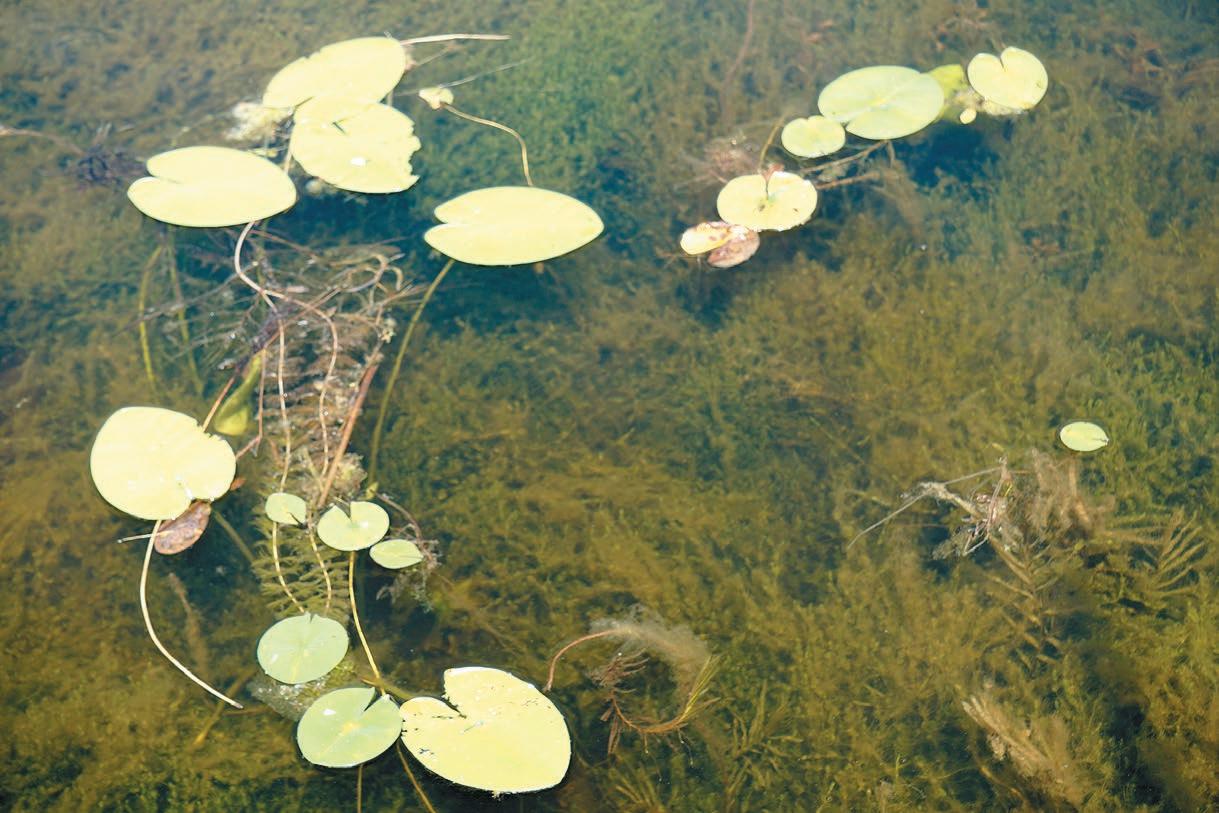
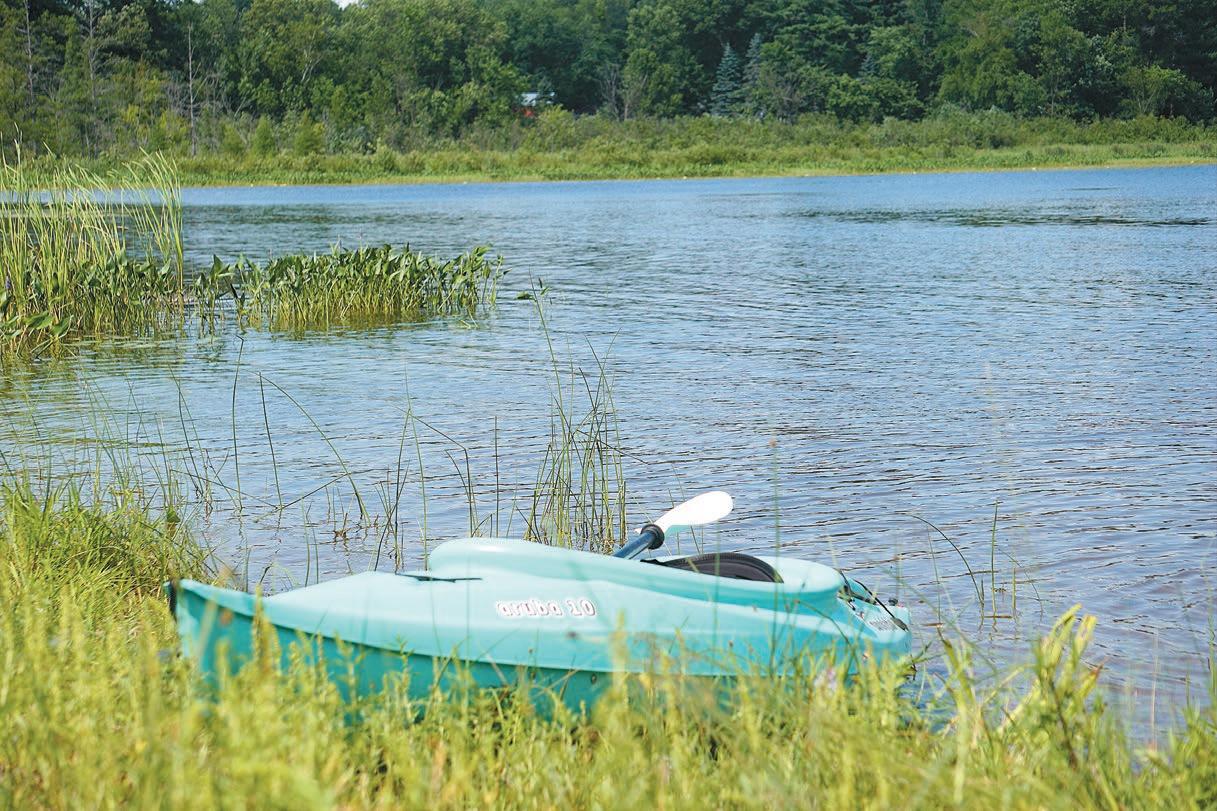
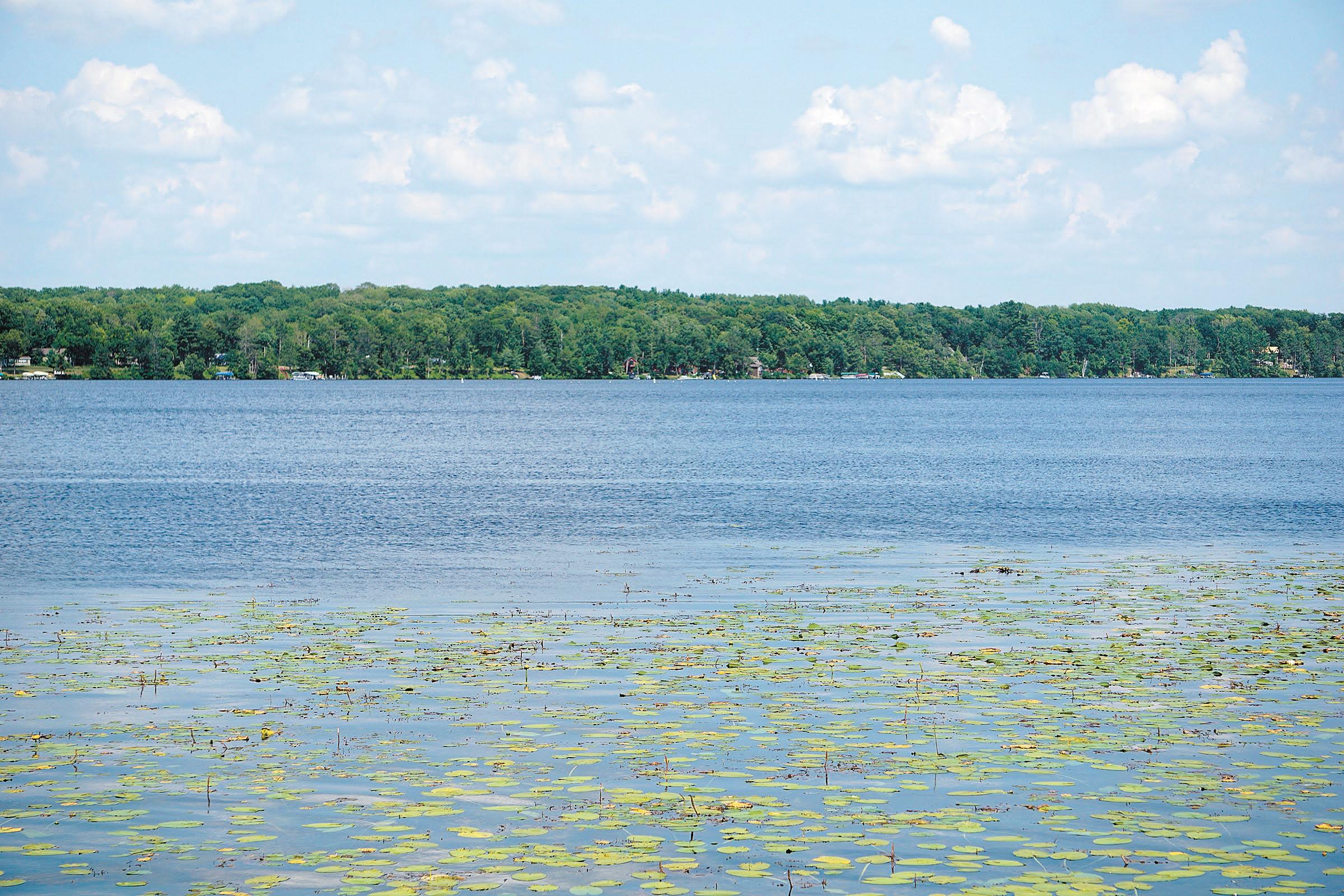
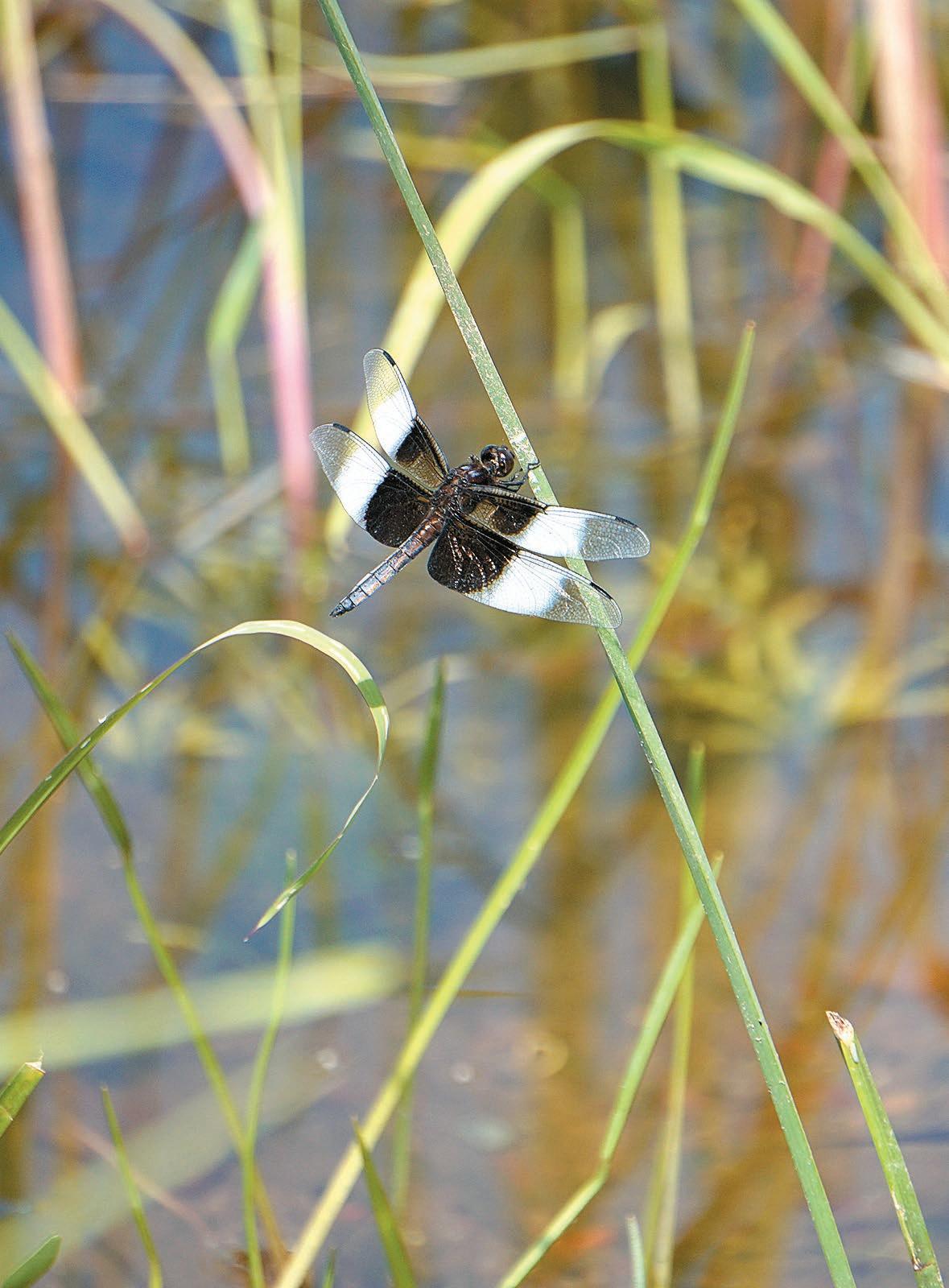


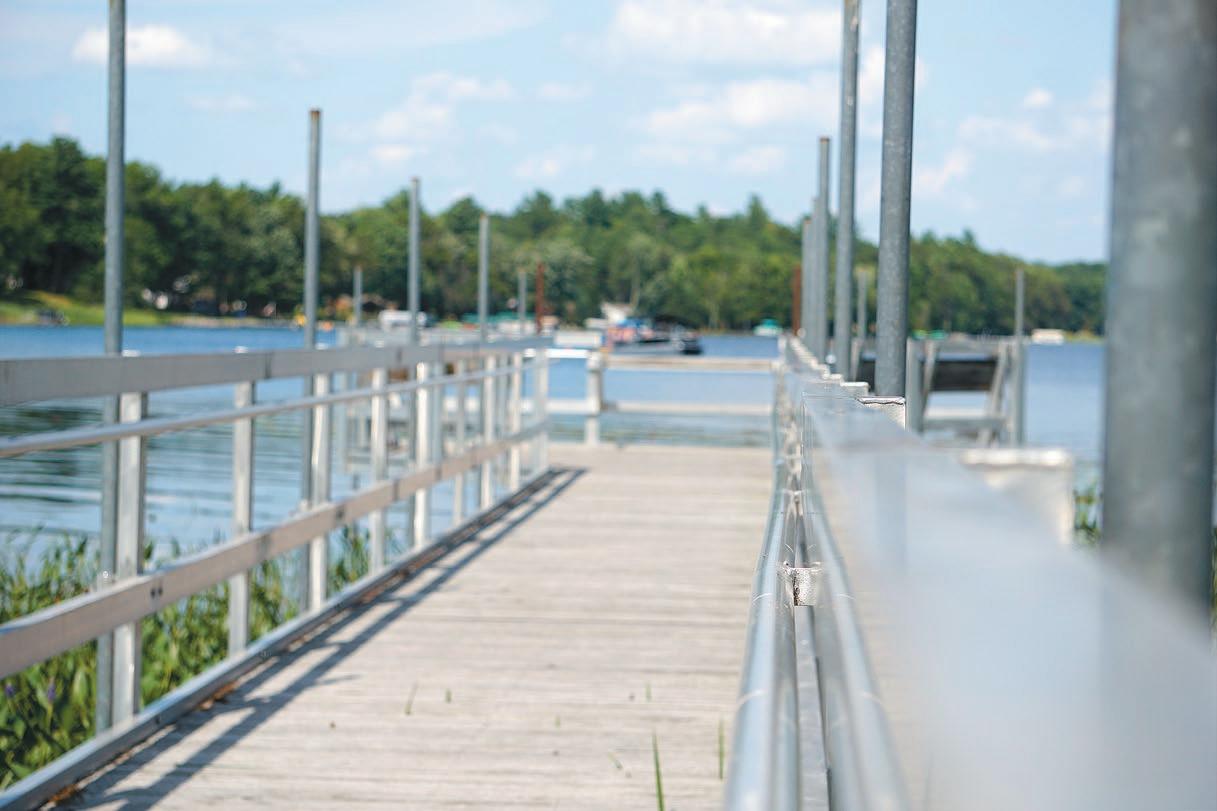
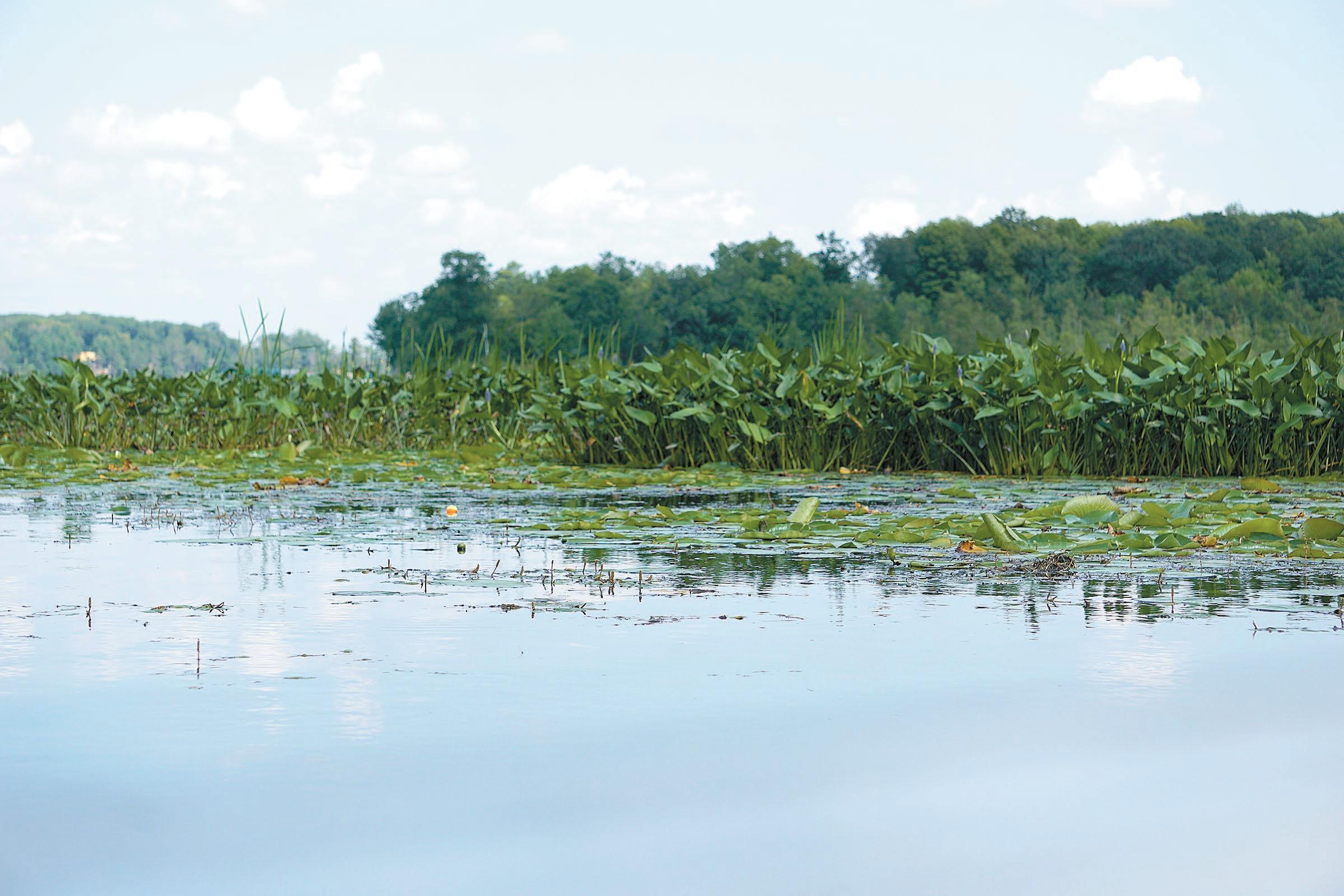


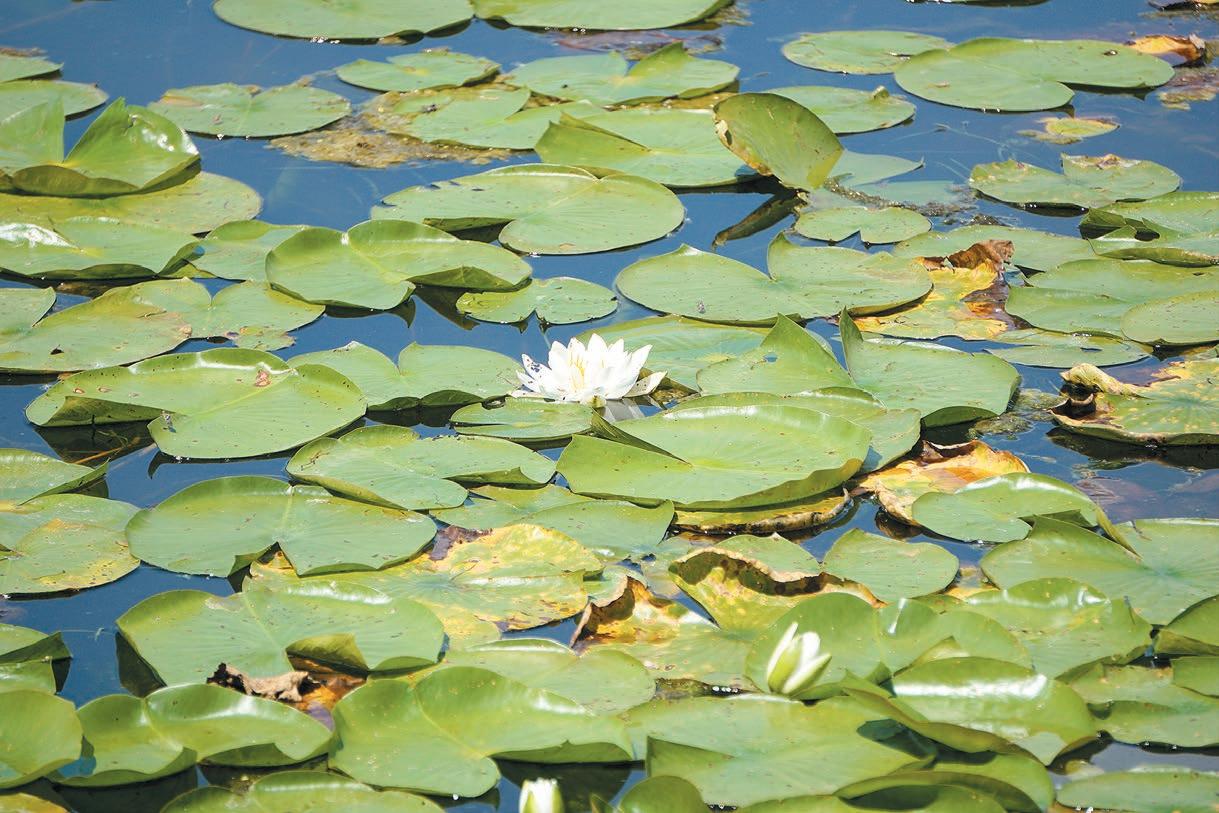

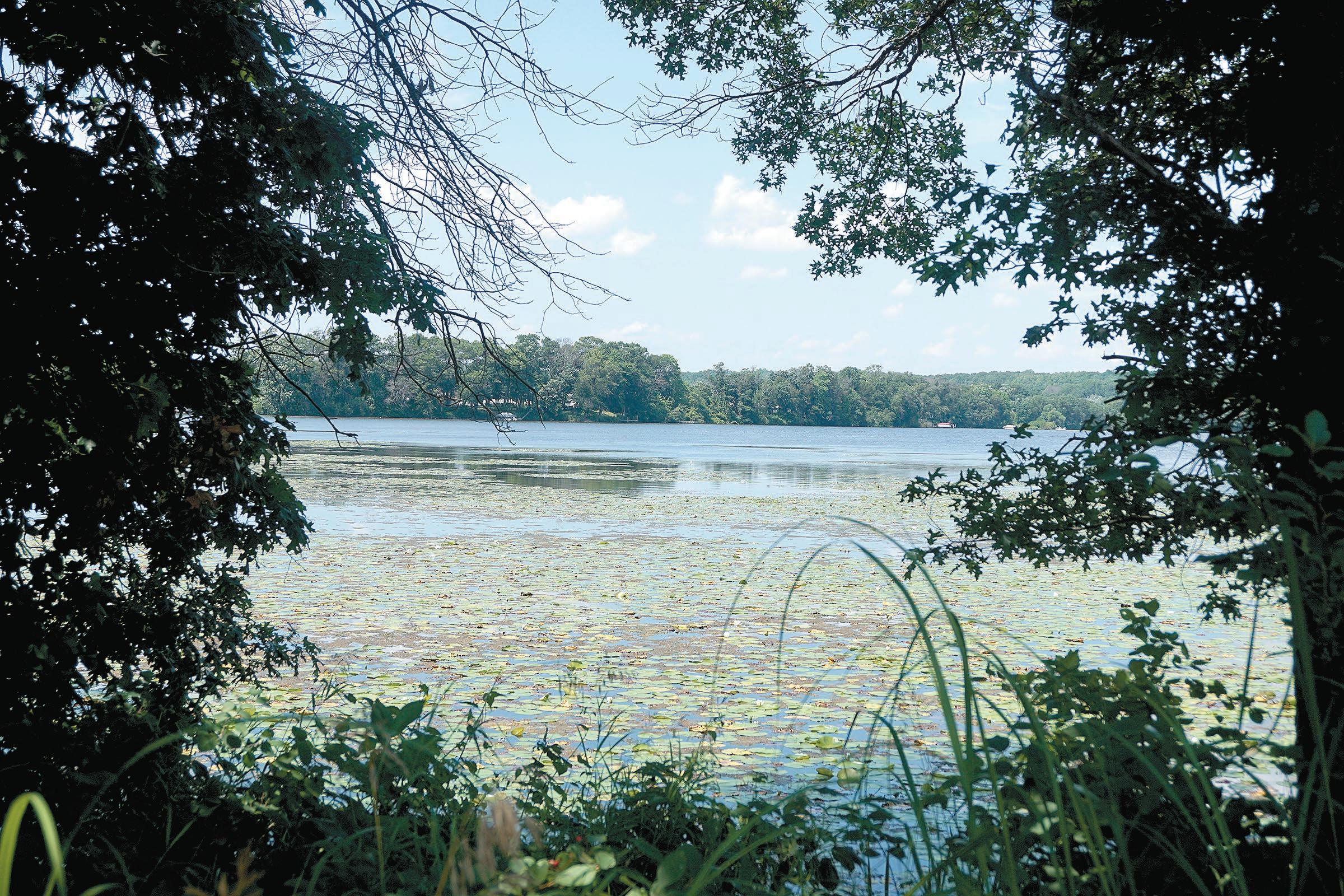
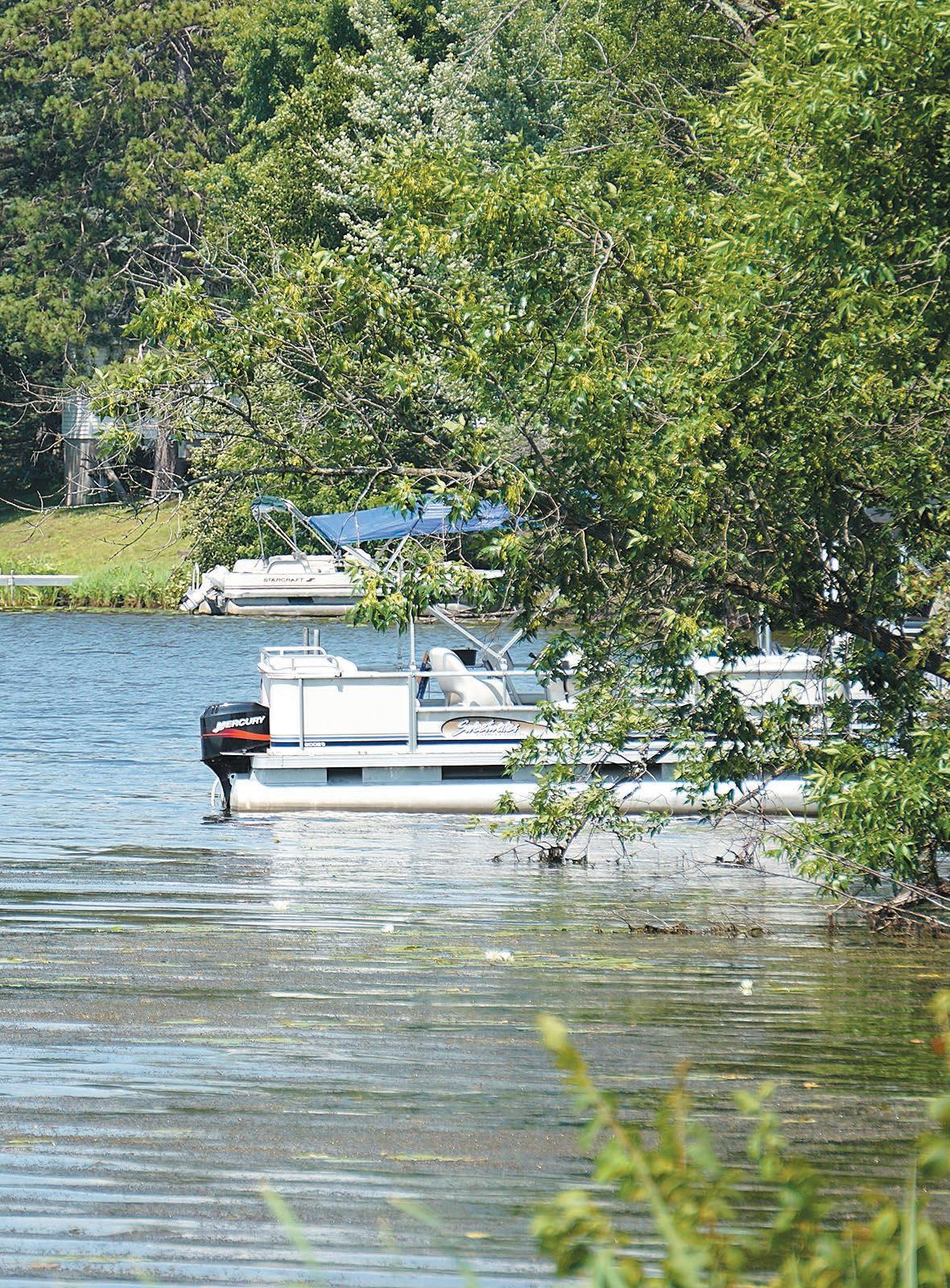




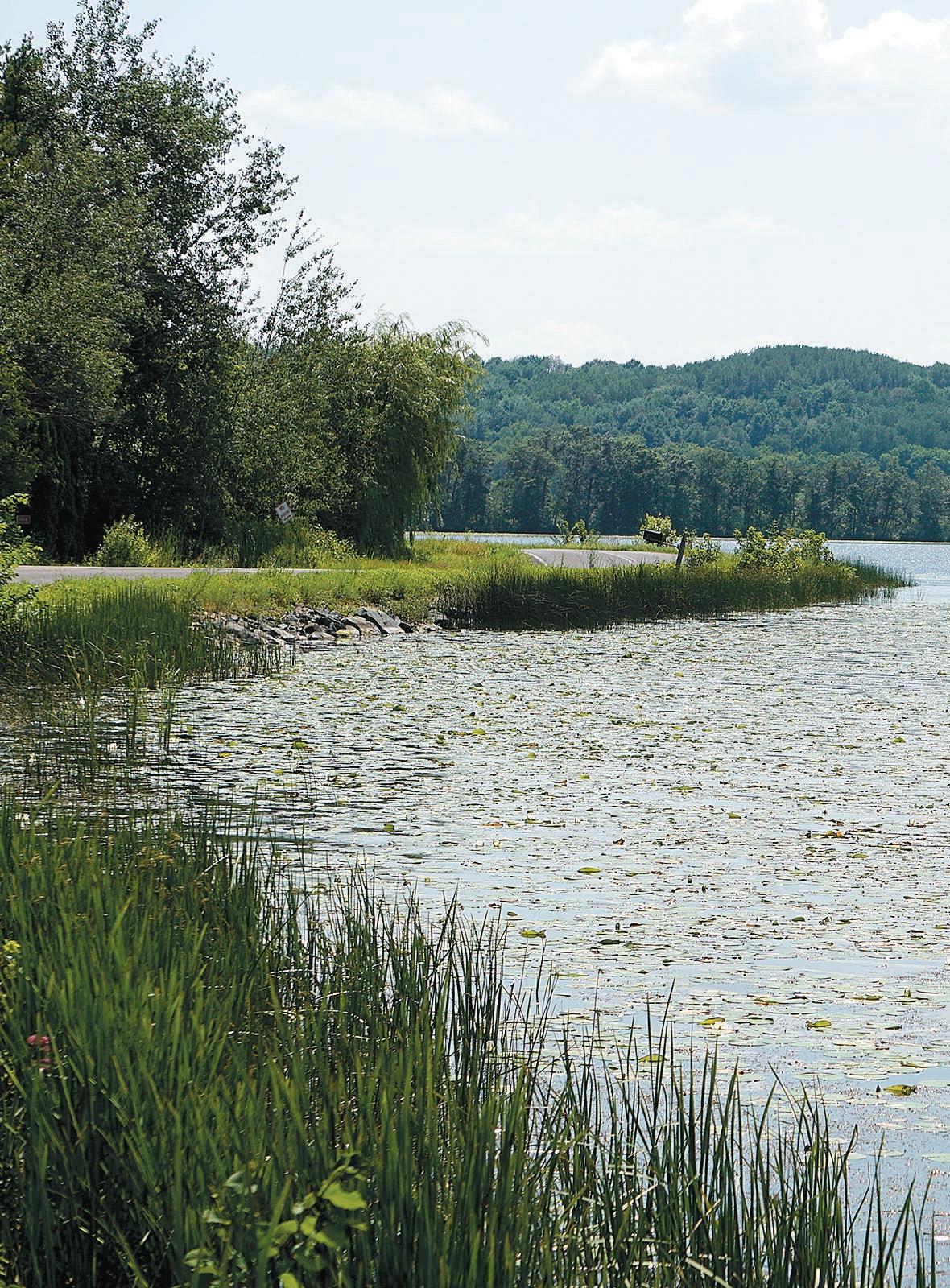

By Isaiah Avery Contributing Writer
Every year, anglers from across the state and beyond come to Wisconsin to test their luck on the waters. One of the more popular panfish species, Crappies are a staple of the region and anglers alike. The main species that resides in area waters is the Black Crappie, but there are two different kinds. There are Black Crappies and White Crappies. The best way to tell the difference is to count the spines in their dorsal fins, Black Crappies have seven to eight spines while white crappies have six. Crappies are fresh water fish with three fins, a paper like mouth, wide beady black eyes, and a speckled body. A crappie is a common fish for the Midwest and majority of the eastern half of the country. Being approximately 10 inches on average as an adult, they actually start nested in sand or fine gravel. In the
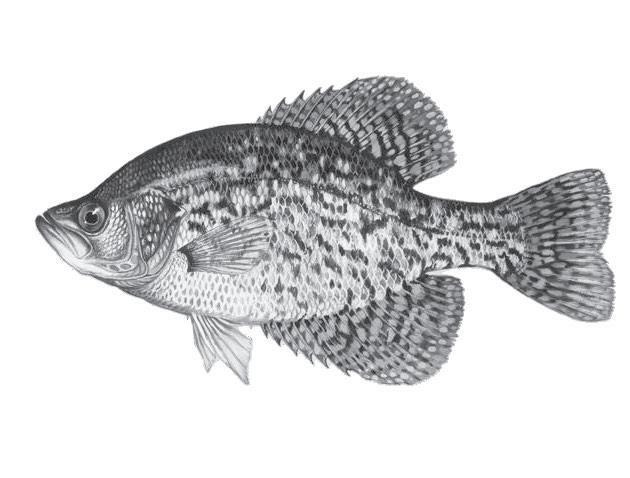
has happened, the male will guard the eggs for up to five days or when the babies start to emerge from the eggs.
Crappies tend to prefer temperatures from 64-68 fahrenheit, making them easy to locate in warm spots
If you used to get the Laker delivered to your door and have a mailbox approved by the postal service and are not receiving it, please email your address to polkcountylaker@gmail.com and we will add you to the list.
the Crappies with catching prey alongside Walleye since their feeding habits are so similar. Crappies will make their home in areas that are abundant with


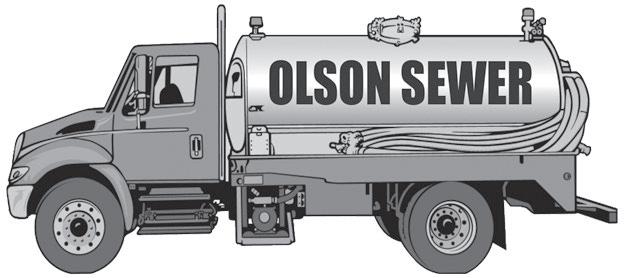
aquatic vegetation and muddy bottoms. This habitat also helps to hide the species from potential predators.
Being a great game fish, they are caught with light tackle because of their known attribute of their mouths being thin and tender, described as paper. Better yet, Crappies will essentially try to bite any small thing that moves. Small minnows, small maribou-covered jigs, plastic minnows, or small streamer flies are great tackle for these fish. As much as they are in warmer fresh water, weed beds, and fine gravel, they are distributed here in Wisconsin in drainage basins like Lake Michigan, the Mississippi and Lake Superior. Otherwise, they are widely distributed through the entirety of Wisconsin, the only exception
being in the streams of the driftless areas of southwestern Wisconsin.
The Crappies also have commensalism with freshwater mussels. Meaning that they coexist together where only one side benefits, but the other side is not affected or harmed. The Crappie provides a place to live for the mussels, that being their gills, and the mussels live on the crappies for most of the Crappie’s life.
Crappies are a fun and interesting species to view in the water. Depending on where you are on the lake and the darkness of the water, they may look similar to a Sunfish until you reel one in. Known for its great taste and fun catch, Crappies are one of the best panfish species known to anglers across the country. ■
